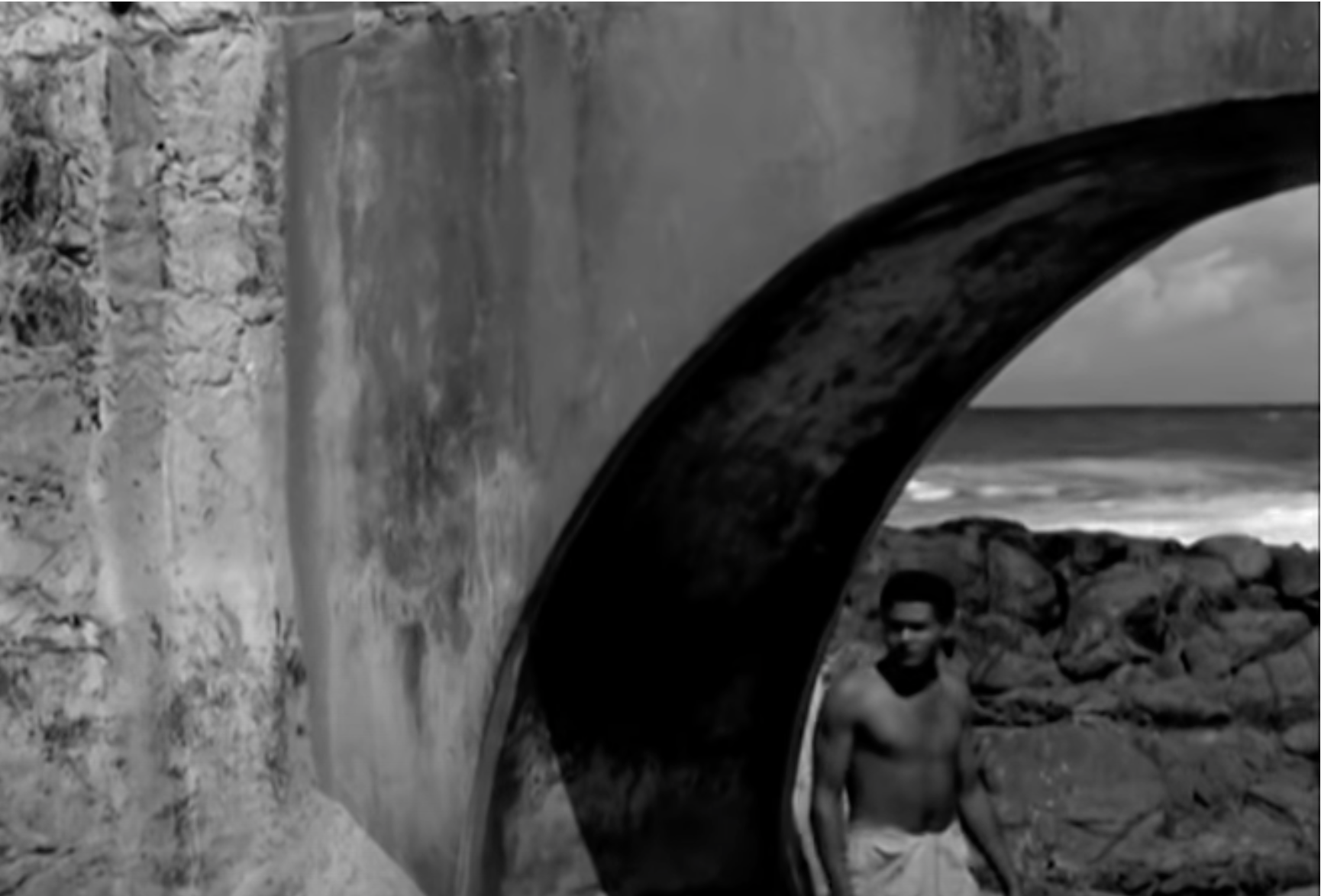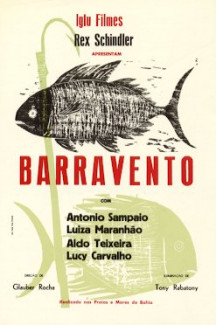Barravento: “es el momento de la violencia cuando las cosas de tierra y mar se transforman, cuando en el amor, en la vida y en el medio social ocurren cambios súbitos.”
Characteristic for movies of the Cine Novo movement, Barravento depicts Brazil’s socio-political situation. In this particular case, the village Buraquínho is ruled by religious superstition, triggered by illiteracy. Additionally, the inhabitants are economically dependent on the fishermens’ catch, which results in political exploitation.
Former village-member Firmino (Antonio Pitanga) wants to open the eyes of Buraquinho’s habitants. As he did himself a few years ago by leaving for the city, he wants to help the village on their way to independence. From the beginning of Firmino's return, there is tension between himself and Aruã (Aldo Teixeira), a respected member of the village who wants to maintain the way life is. Originally, Firmino attempts to show the village how immobilized they are through words, eventually he destroys the village's fishing net. Though this action was well-intentioned, Firmino destroys the only way the village is able to make money, sending the entirety of Buraquinho into chaos. After this event, though there is a feeling of independence and revolt against the unjust capitalist system, there is also an increase in hazardousness. With no net, fishermen are required to fish in the outer seas in more dangerous waters. In addition, the belief in Yemanja- the queen of water- who watches over the fishermen, makes the village fish in unsafe conditions, leading to the death of two fishermen on the high seas. Ultimately, seeing that these actions are not changing the minds of the people in Buraquino, Firmino plots to have Cota (Luiza Maranhão) sleep with Arua, destroying his reputation in the village and bringing on the symbolic barravento. To end, Arua leaves the village in order to try and make money for a new net, both ending and restarting the cycle of the village.
Describes the setting of a scene in a play or a film. It refers to everything placed on the stage or in front of the camera—including people. In other words, mise en scène is a catch-all for everything that contributes to the visual presentation and overall “look” of a production. When translated from French, it means “placing on stage.”
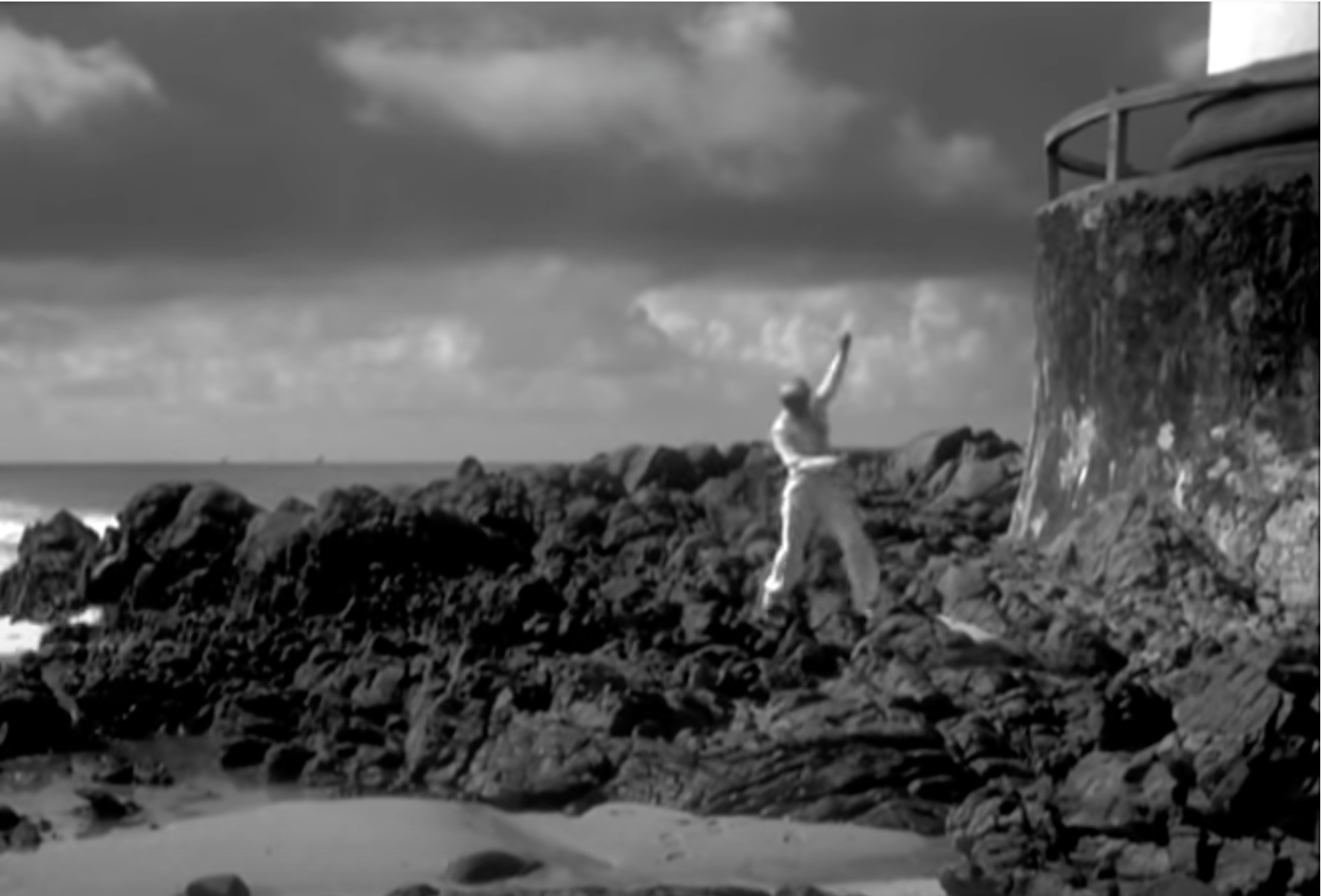
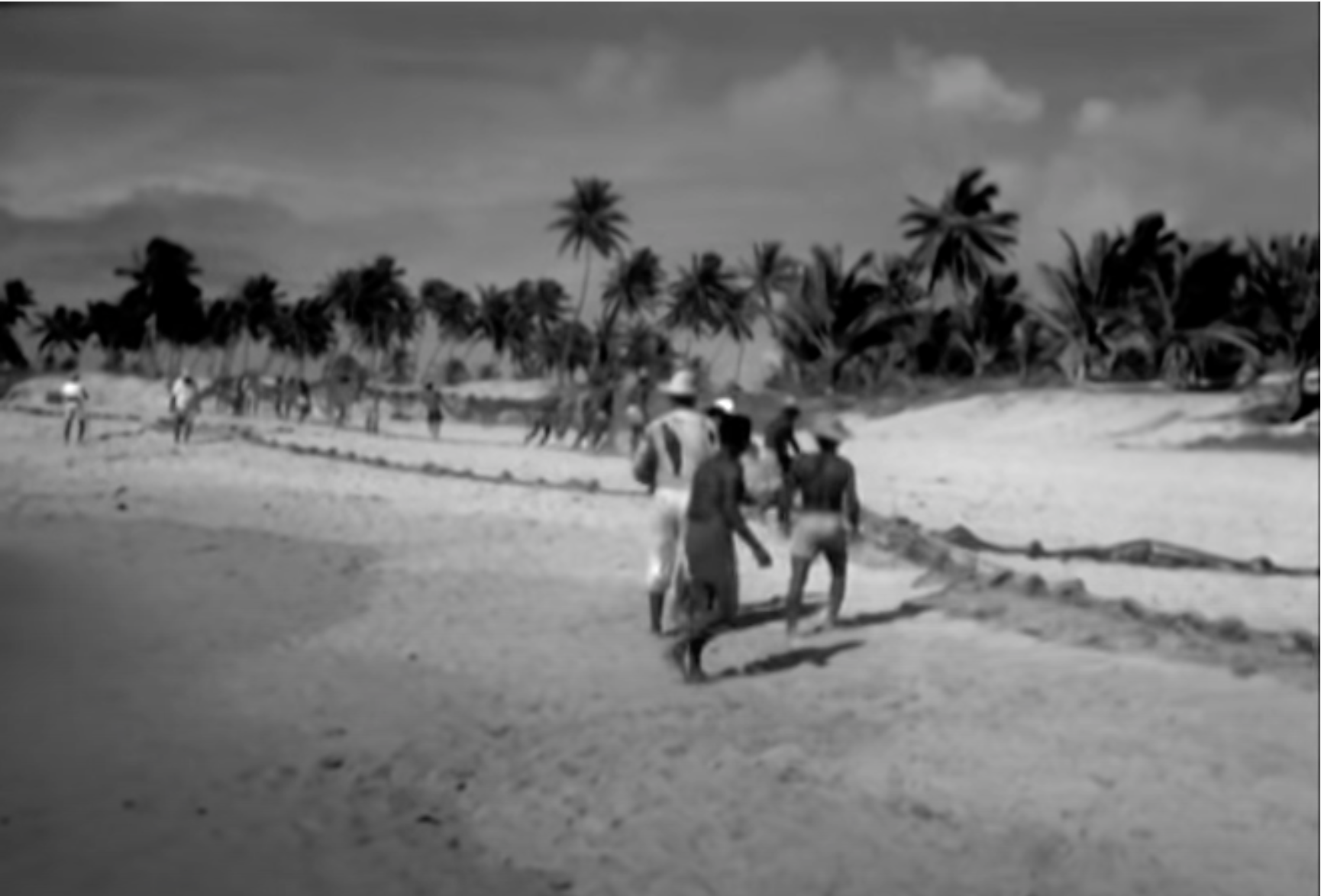
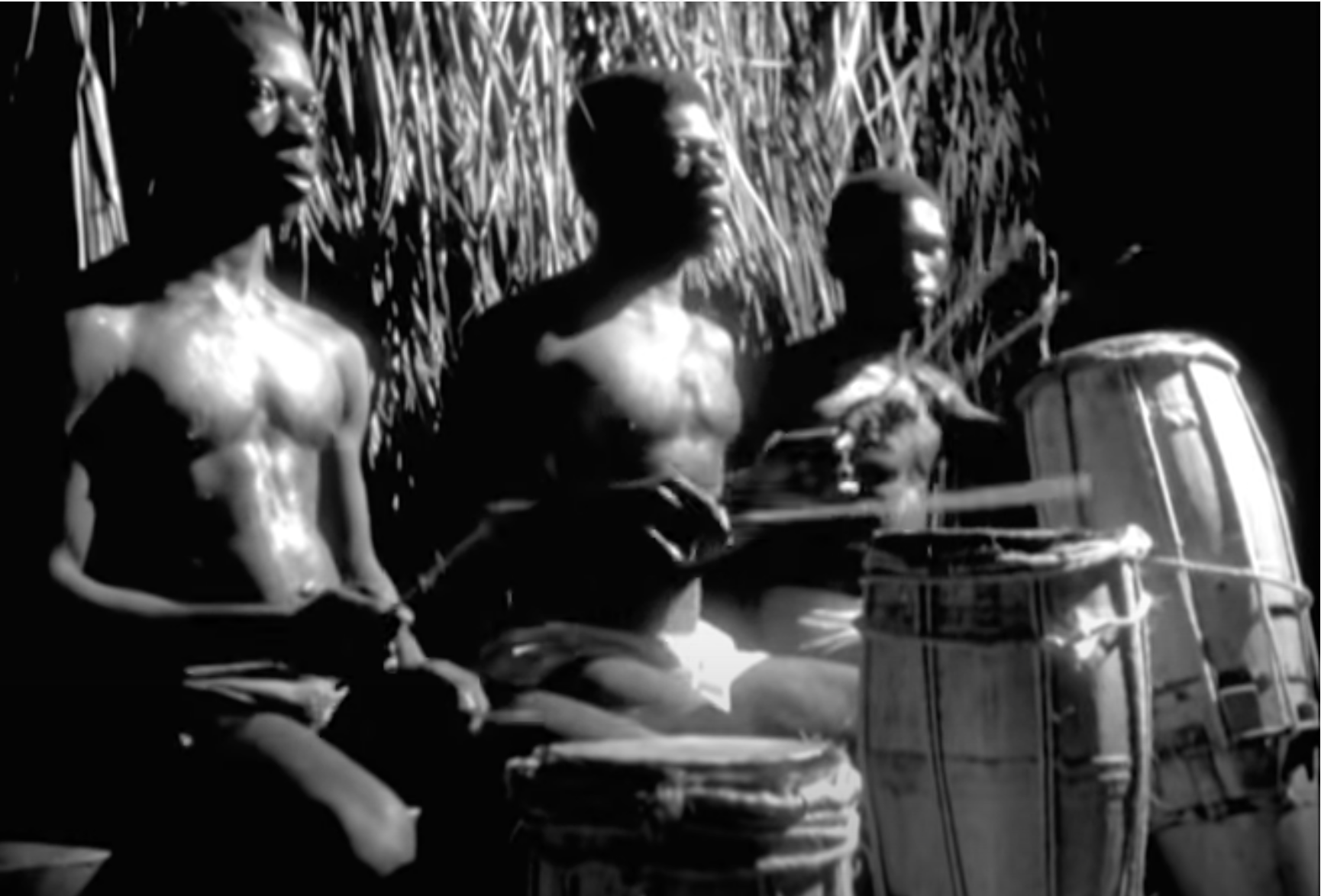
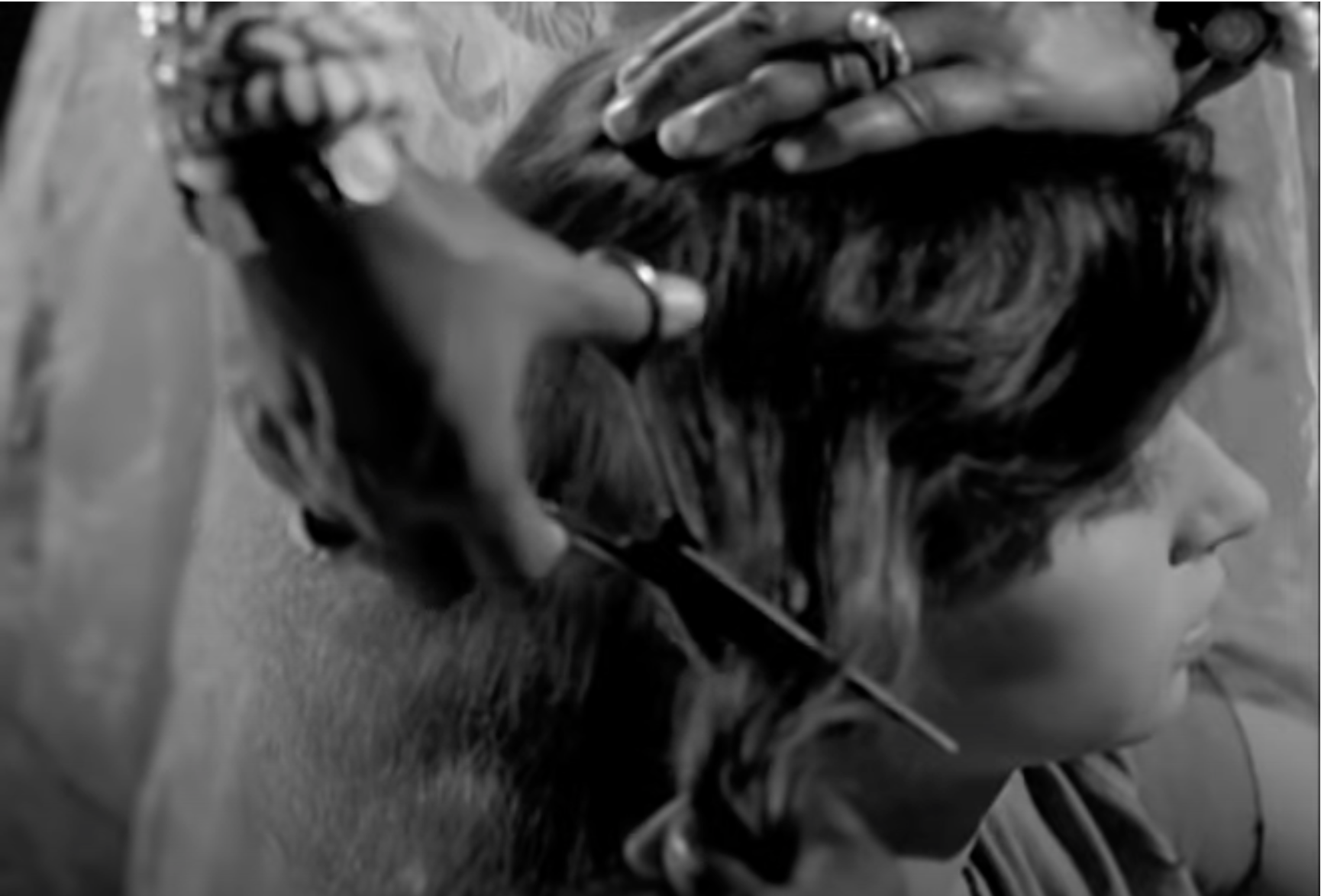
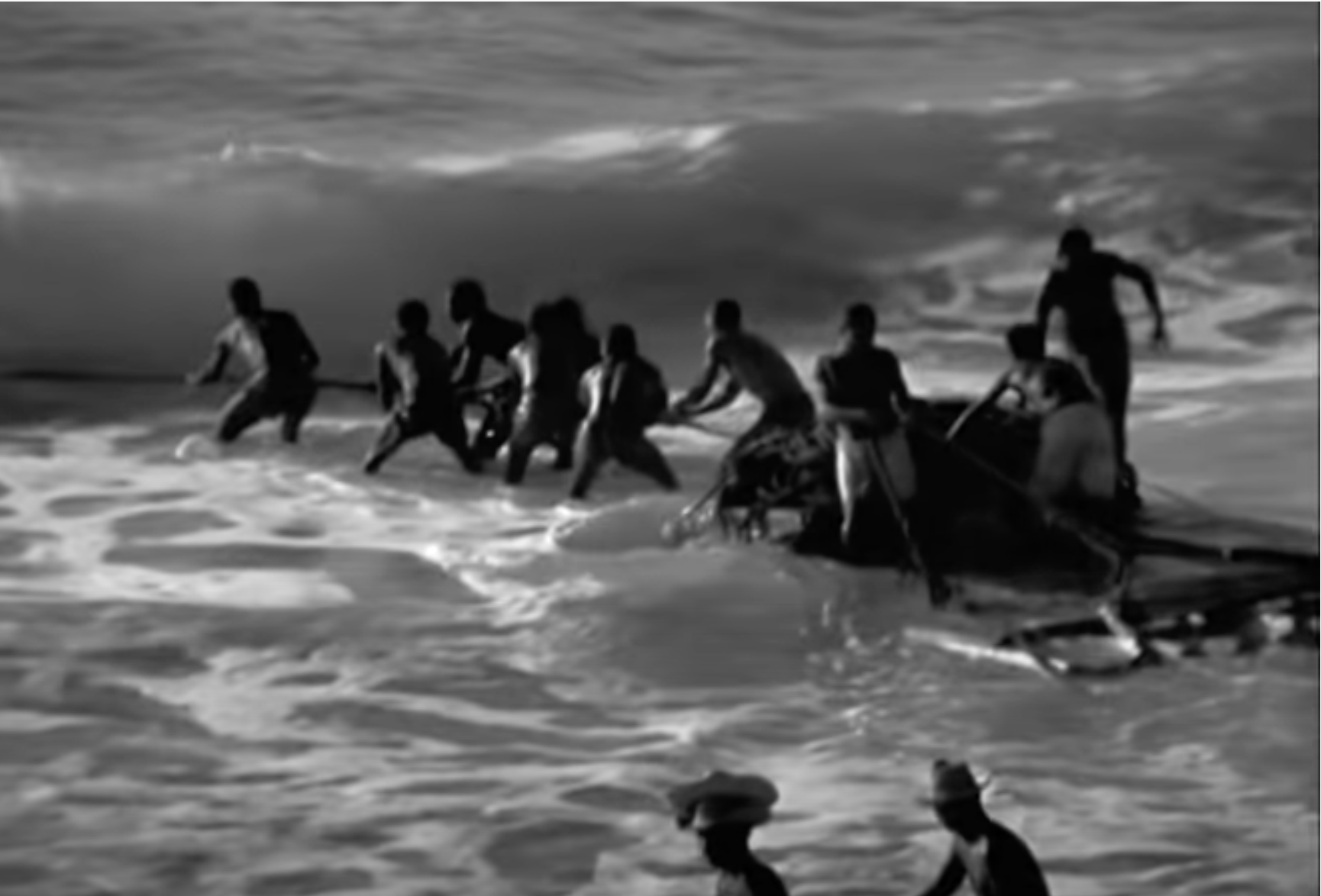
The costumes help to distinguish between the social standings of the actors. While Firmino or the capitalist leaders stand out due to their fancy suits, most of the village population walks around either half-naked or in more simple clothing. However, for rituals, traditional dances, or the funeral, people do dress up. Especially in Madre Darra’s house this becomes apparent. The women dress up in similar white puffy dresses and wear head cloths to convey their equality and sense for tradition.
When it comes to women, their clothing also conveys their either prude or open attitude. While Naína wears a classical dress, Cota wears a very revealing dress. Costumes symbolize status, and attitude. Most of this movie’s symbology is transmitted through the character’s attitudes and costumes. We see less amount of clothing (shirtless men) in the lowest ranges of power. Costume inspires pleasure, and freedom, or lack of it. No clothes/revealing clothes is linked to the lack of freedom, which turns out to be reversed at the end.
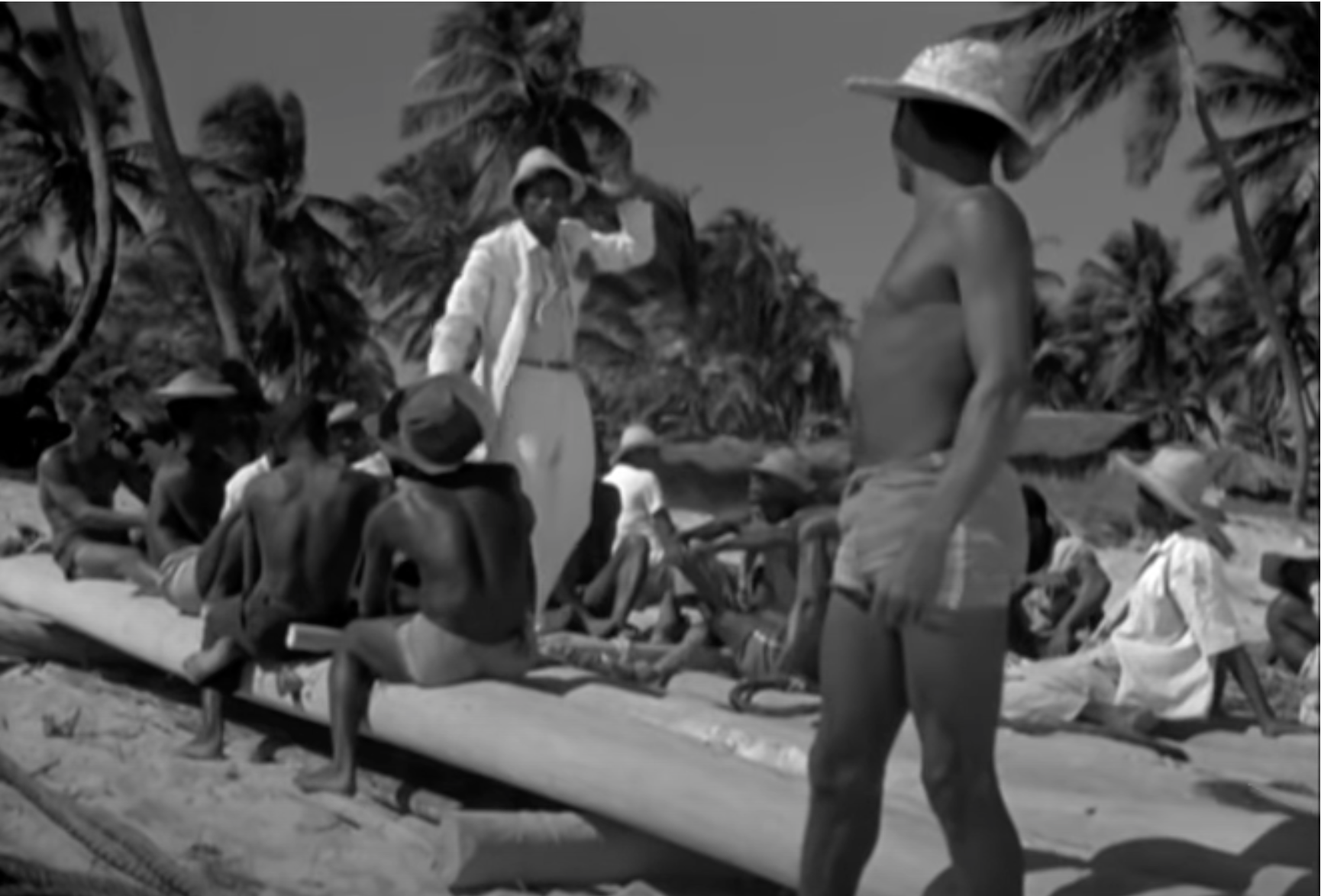
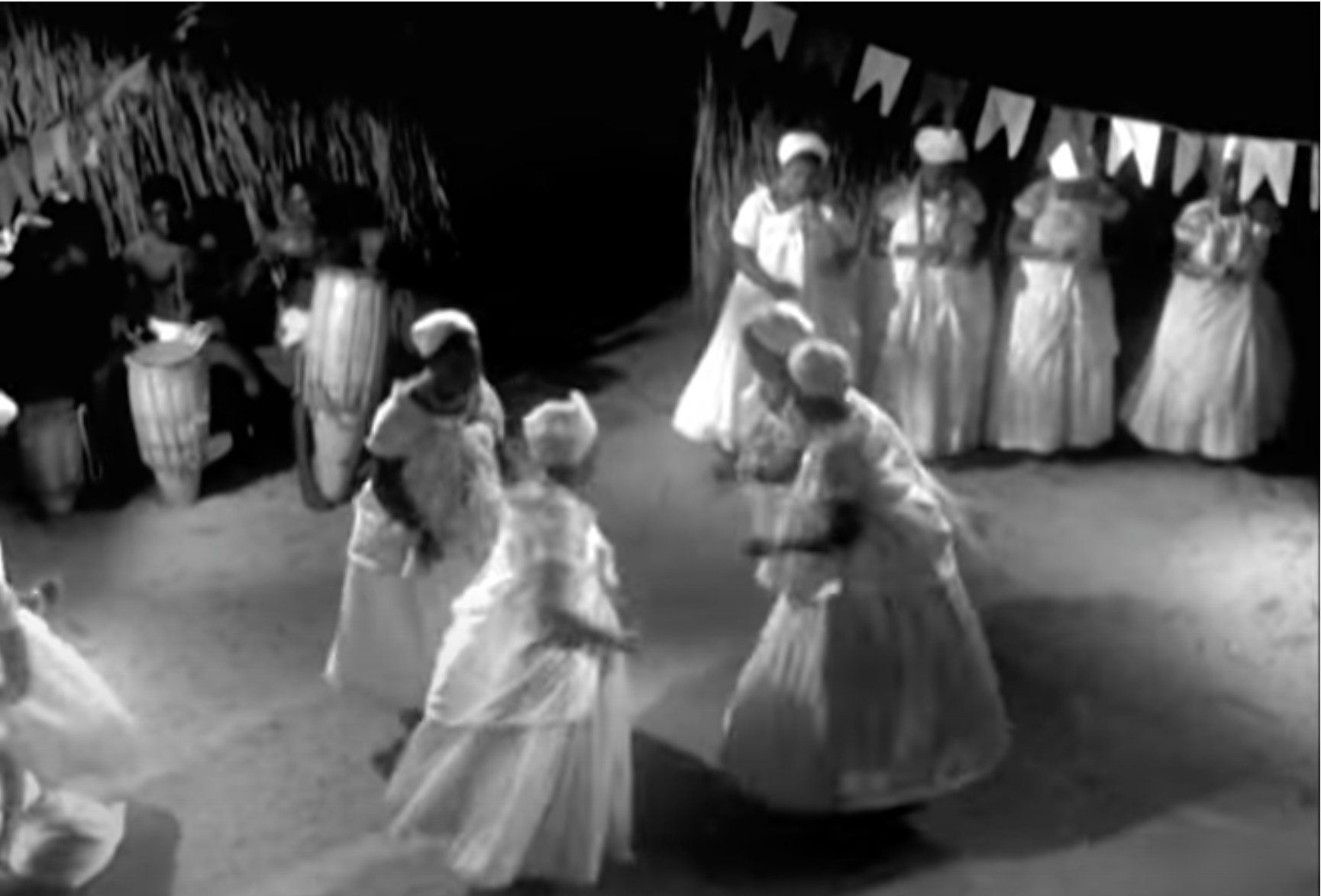
Hair does not play a huge role for the men. In the case of the women, the hair plays a larger role. As mentioned above, women wear hair cloths in rituals, conveying traditional gender-roles, and their conventional attitude towards life. During the ritual Naína’s hair gets cut, a process which is usually interpreted as the beginning of a new chapter for a woman. Cota’s hair is short since the beginning of the movie illustrating her more traditional standing in the community.
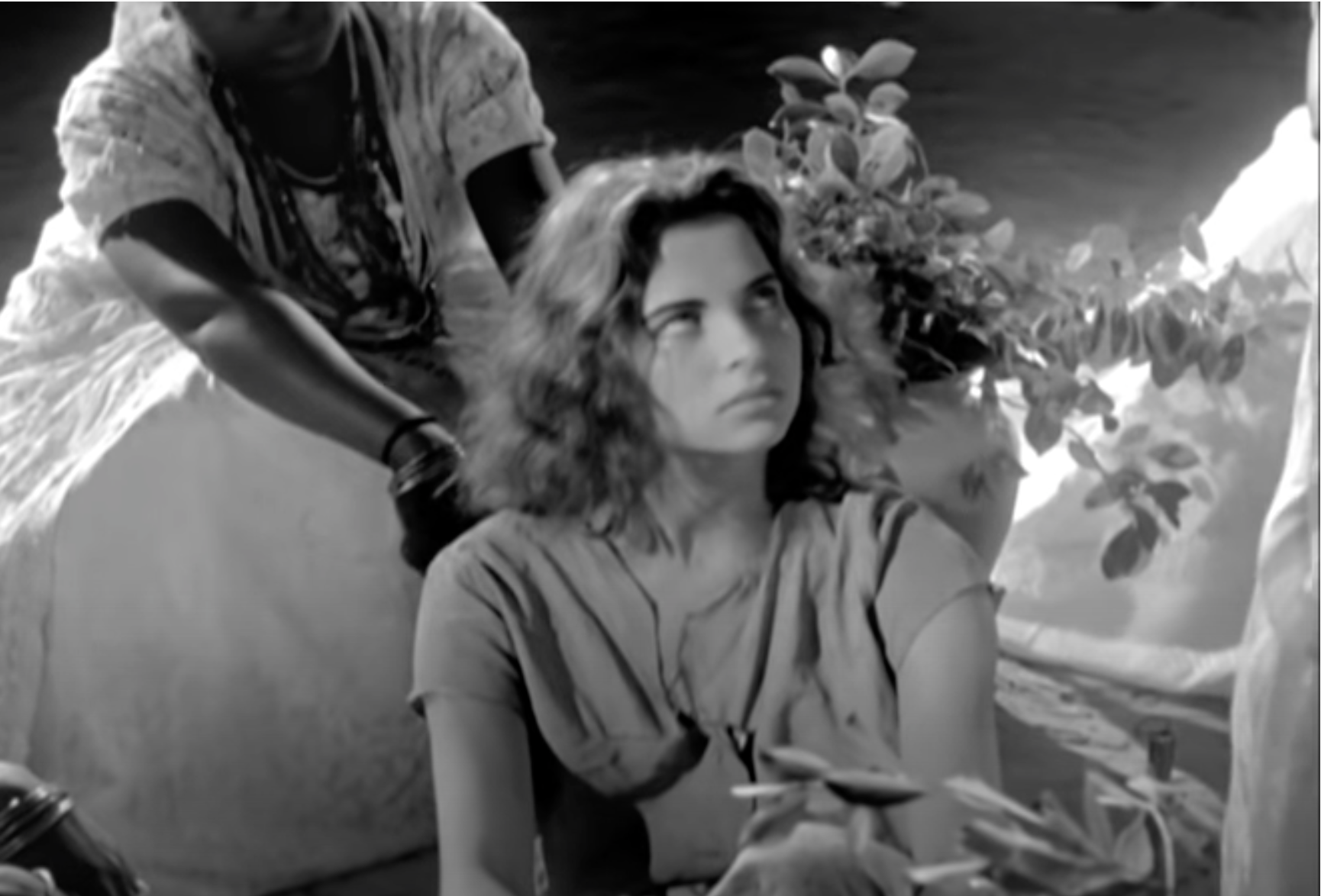
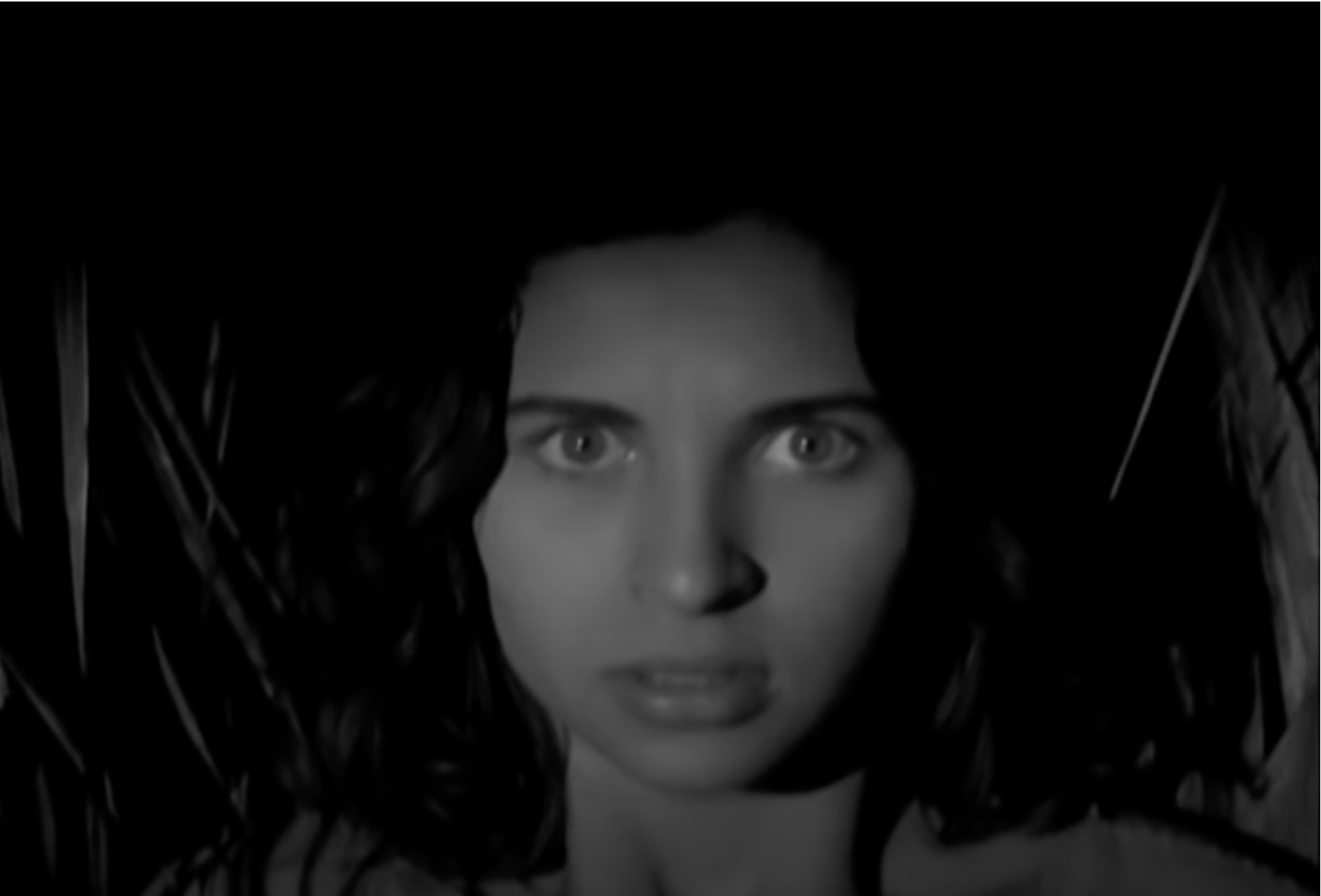
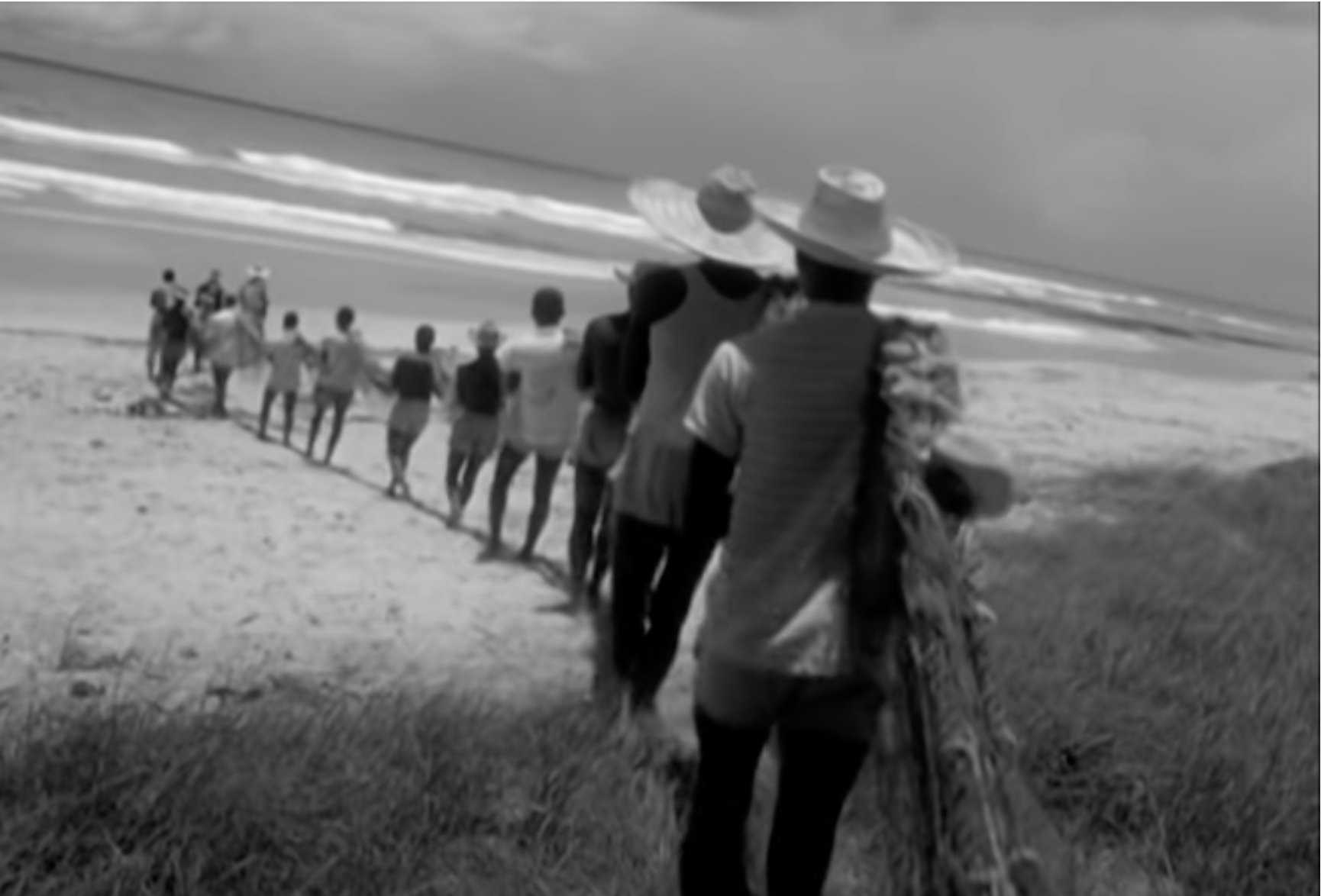
This is the art of photography and visual storytelling in a motion picture or television show. Cinematography comprises all on-screen visual elements, including lighting, framing, composition, camera motion, camera angles, film selection, lens choices, depth of field, zoom, focus, color, exposure, and filtration. Cinematography sets and supports the overall look and mood of a film’s visual narrative. Each visual element that appears on screen, a.k.a. the mise-en-scène of a film, can serve and enhance the story—so it is the cinematographer’s responsibility to ensure that every element is cohesive and support the story. Filmmakers often choose to spend the majority of their budget on high-quality cinematography to guarantee that the film will look incredible on the big screen.
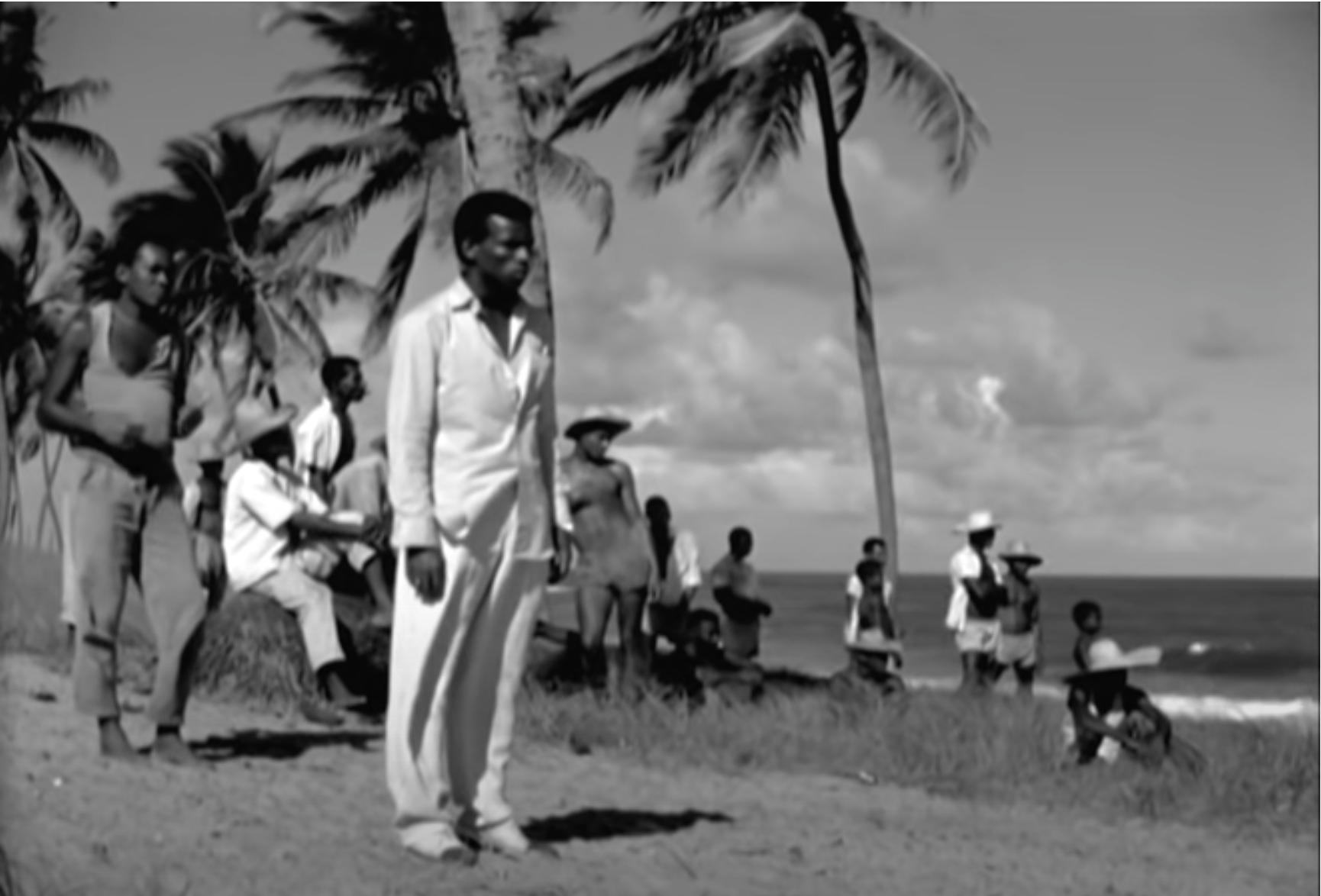
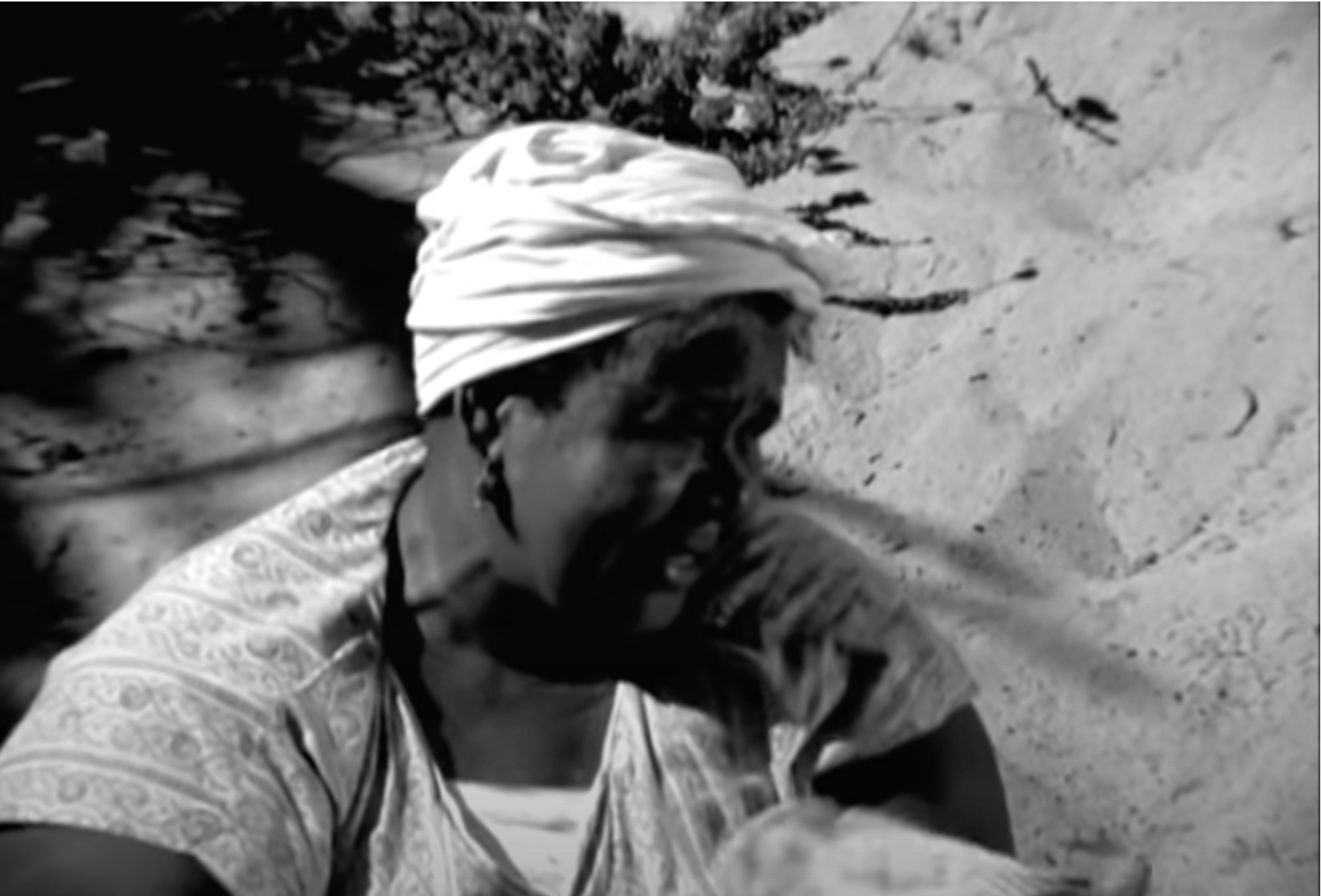
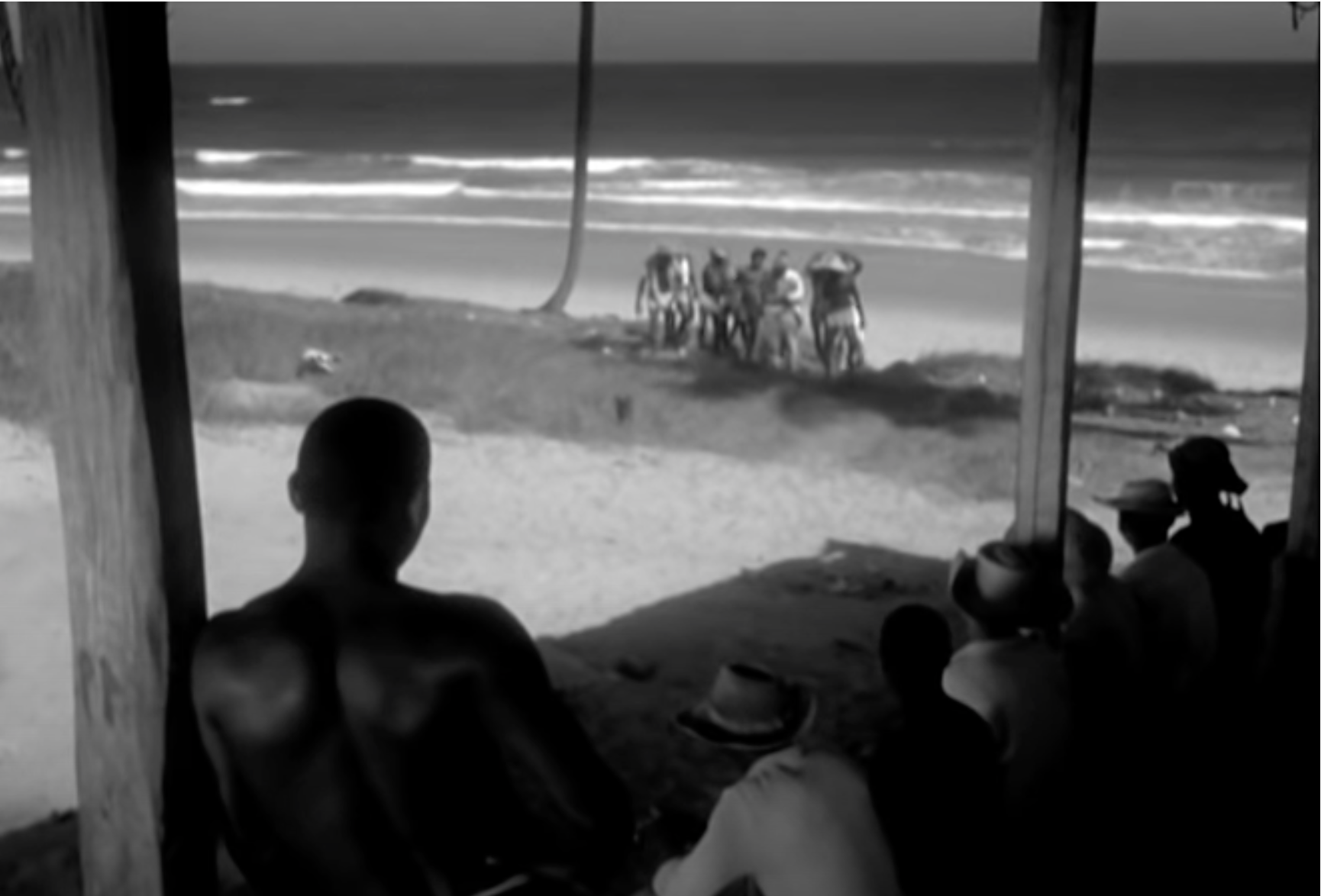
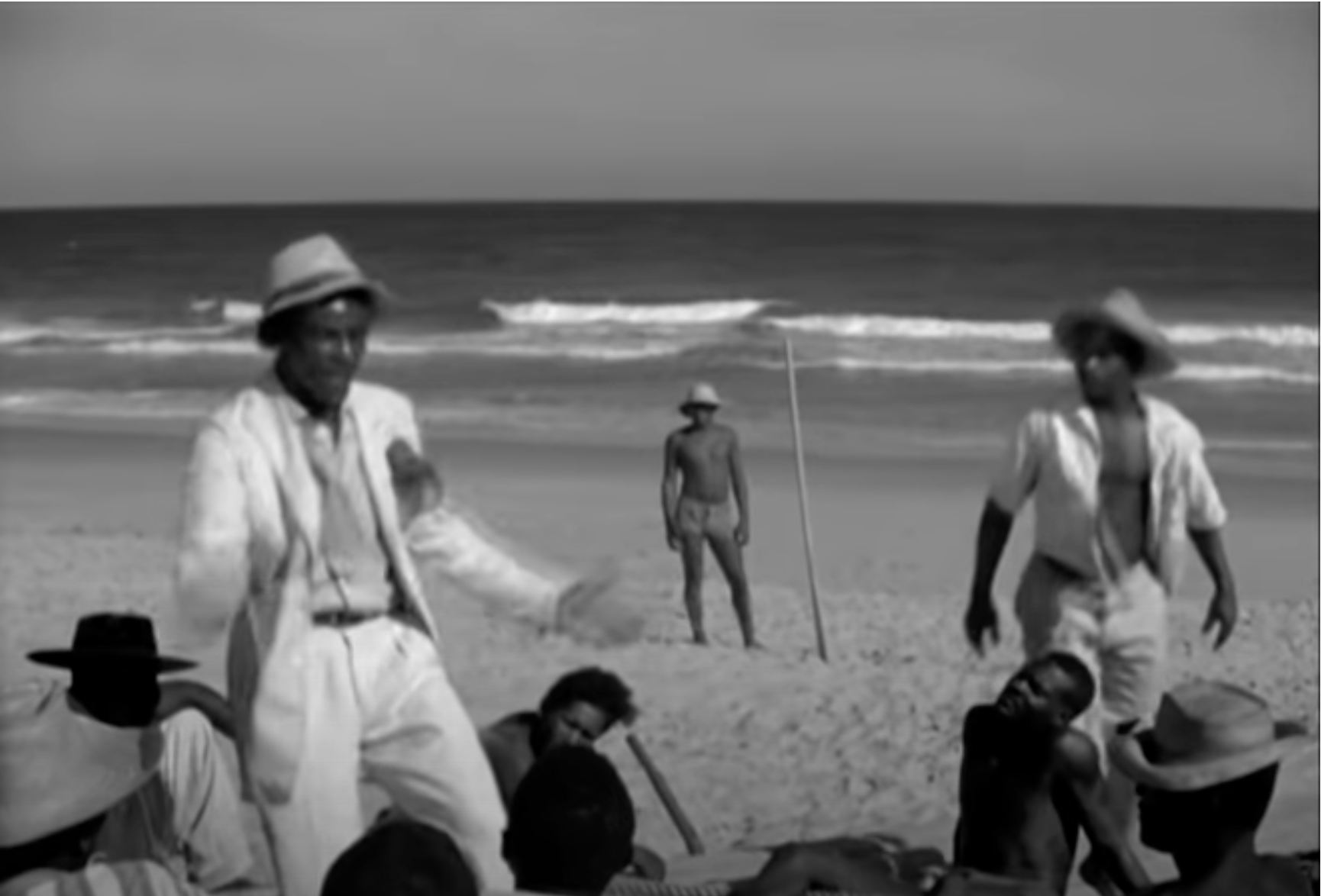
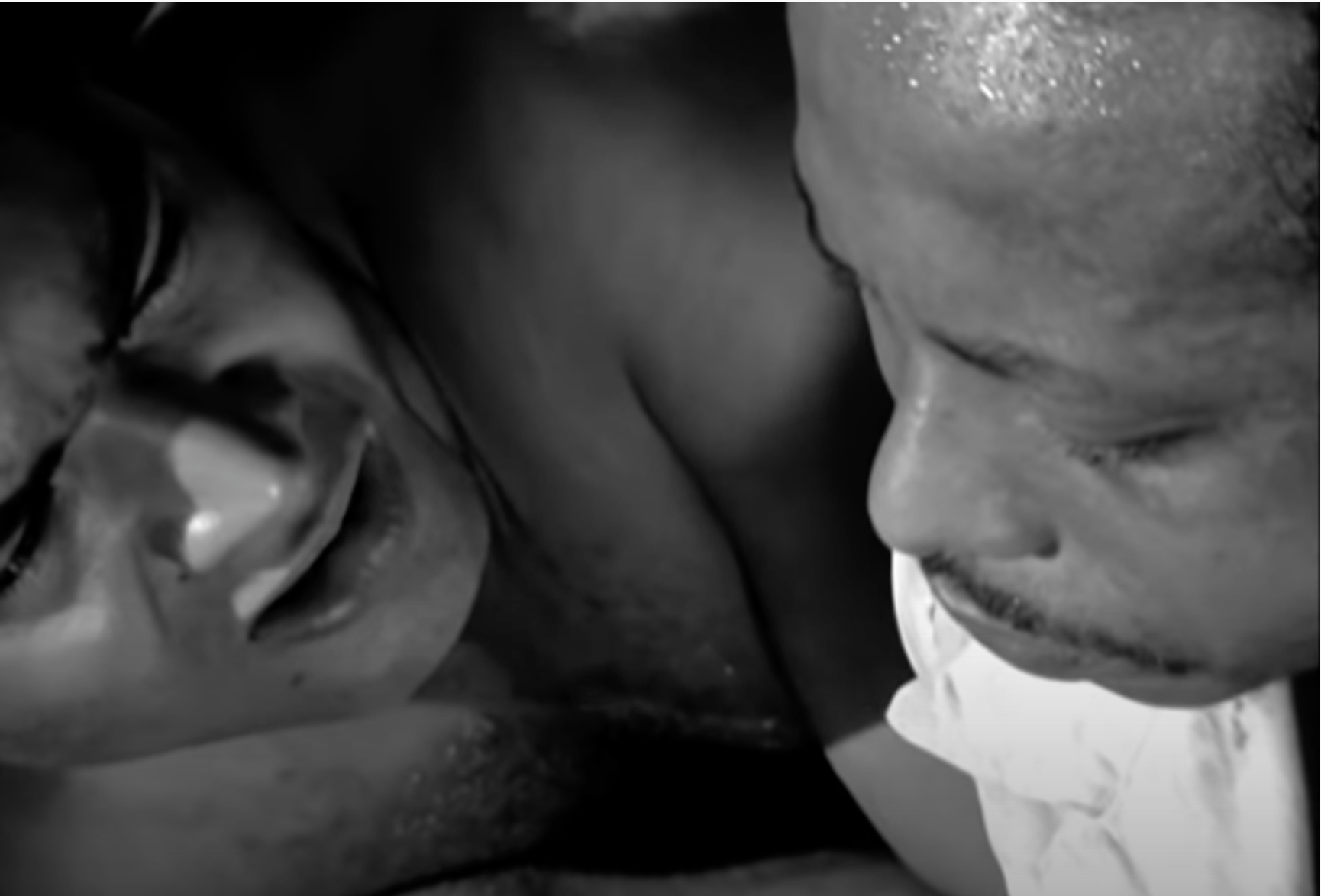
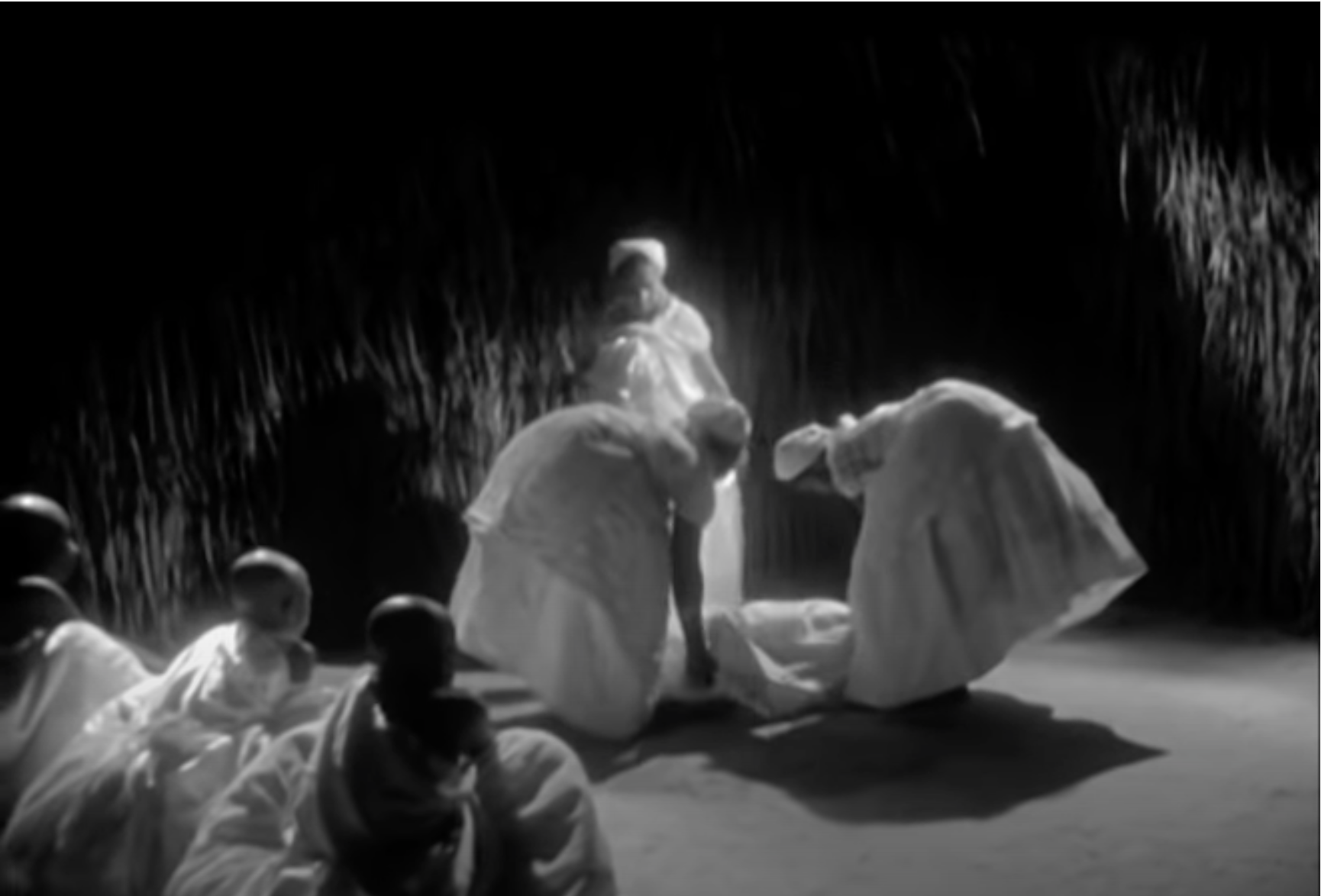
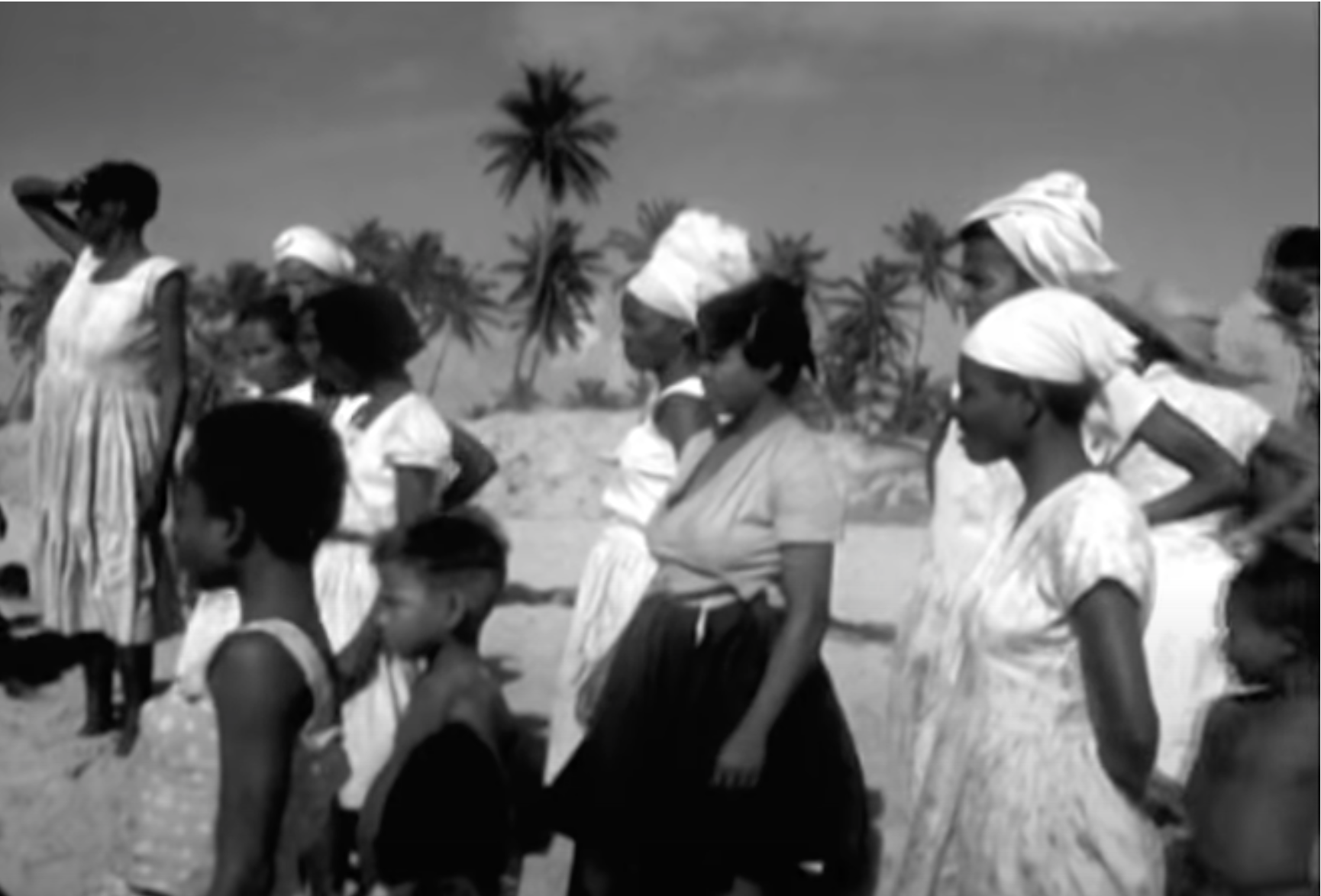
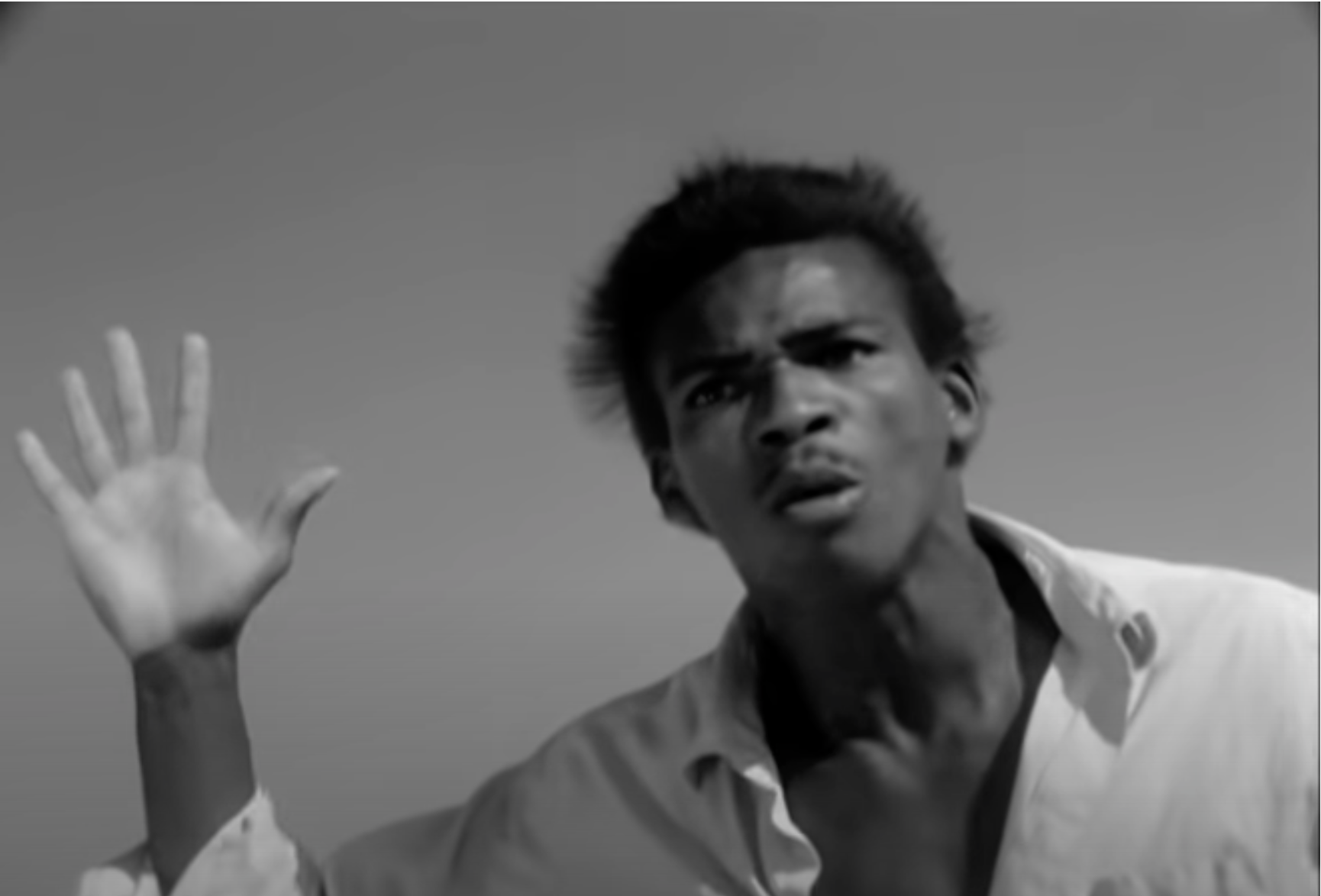
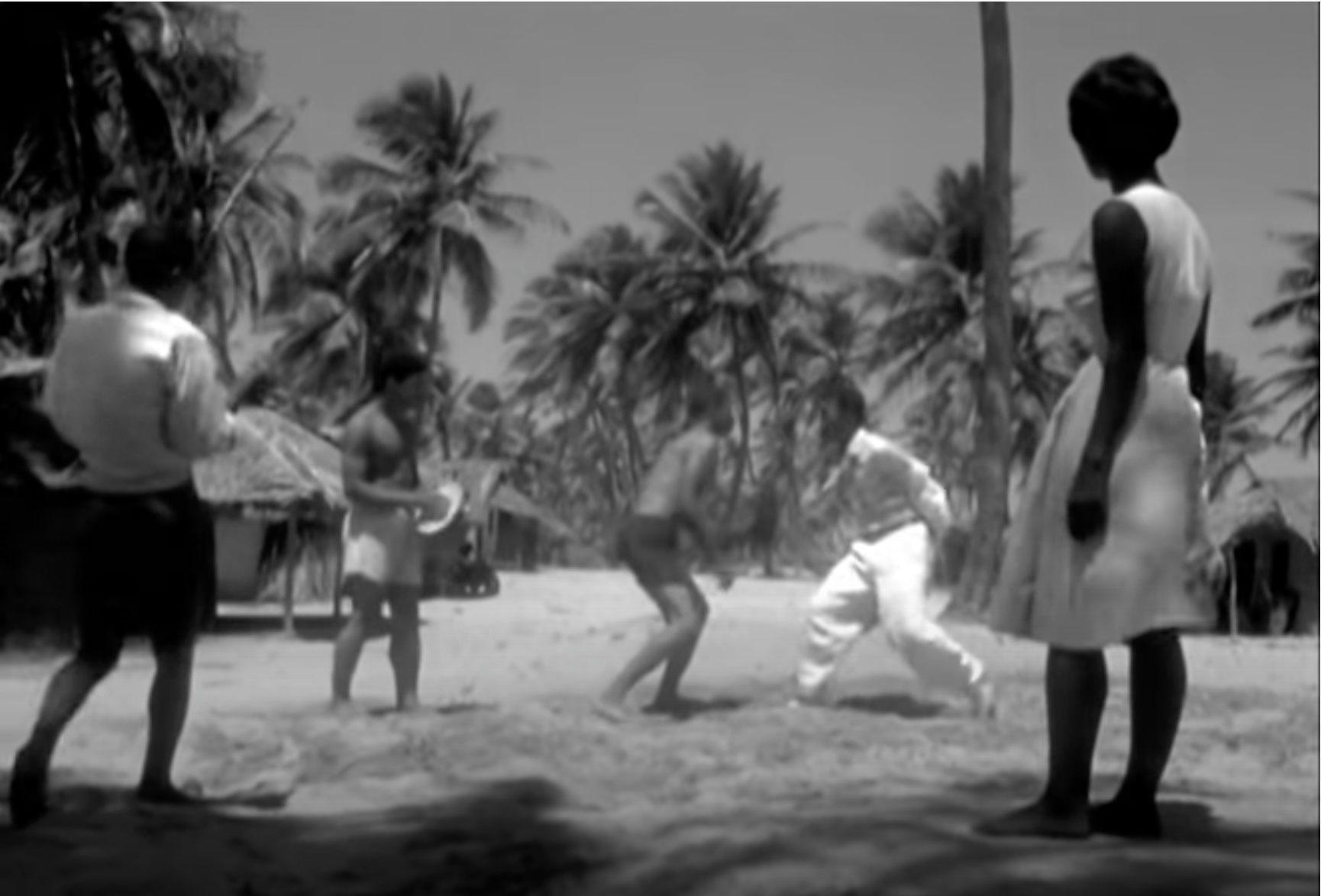
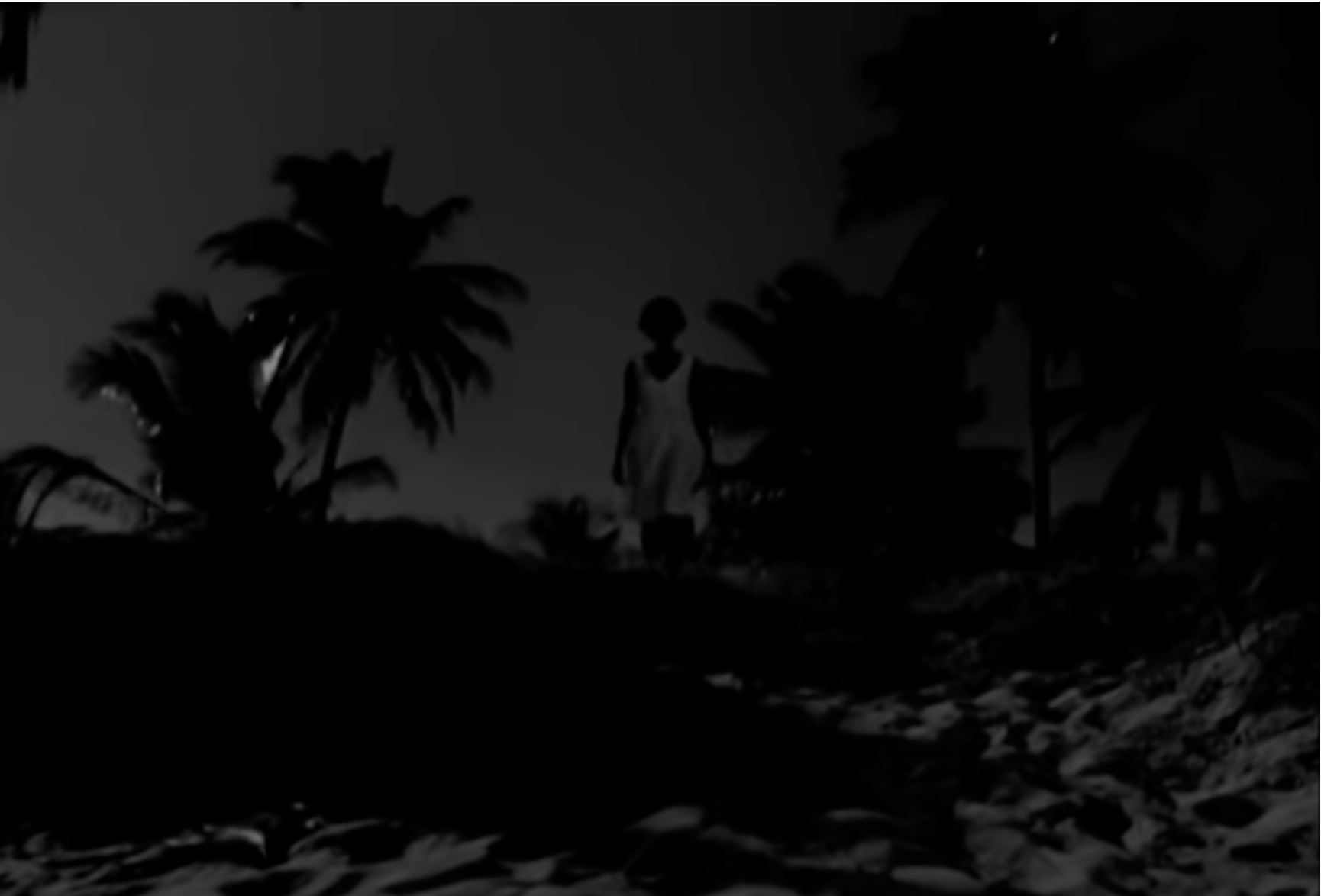
Editing is the process of putting a film together–the selection and arrangement of shots and scenes. Editing can condense space and time, emphasize separate elements and bring them together, and organize material in such a way that patterns of meaning become apparent. In addition, editing can determine how a film is perceived: for instance, quick, rapid cuts can create a feeling of tension, while a long take can create a more dramatic effect. The first photoplays generally had no cutting, owing to the fact that they were single-reel films; once filming began, you could not stop until the film ran out. (https://filmglossary.ccnmtl.columbia.edu/term/editing/)
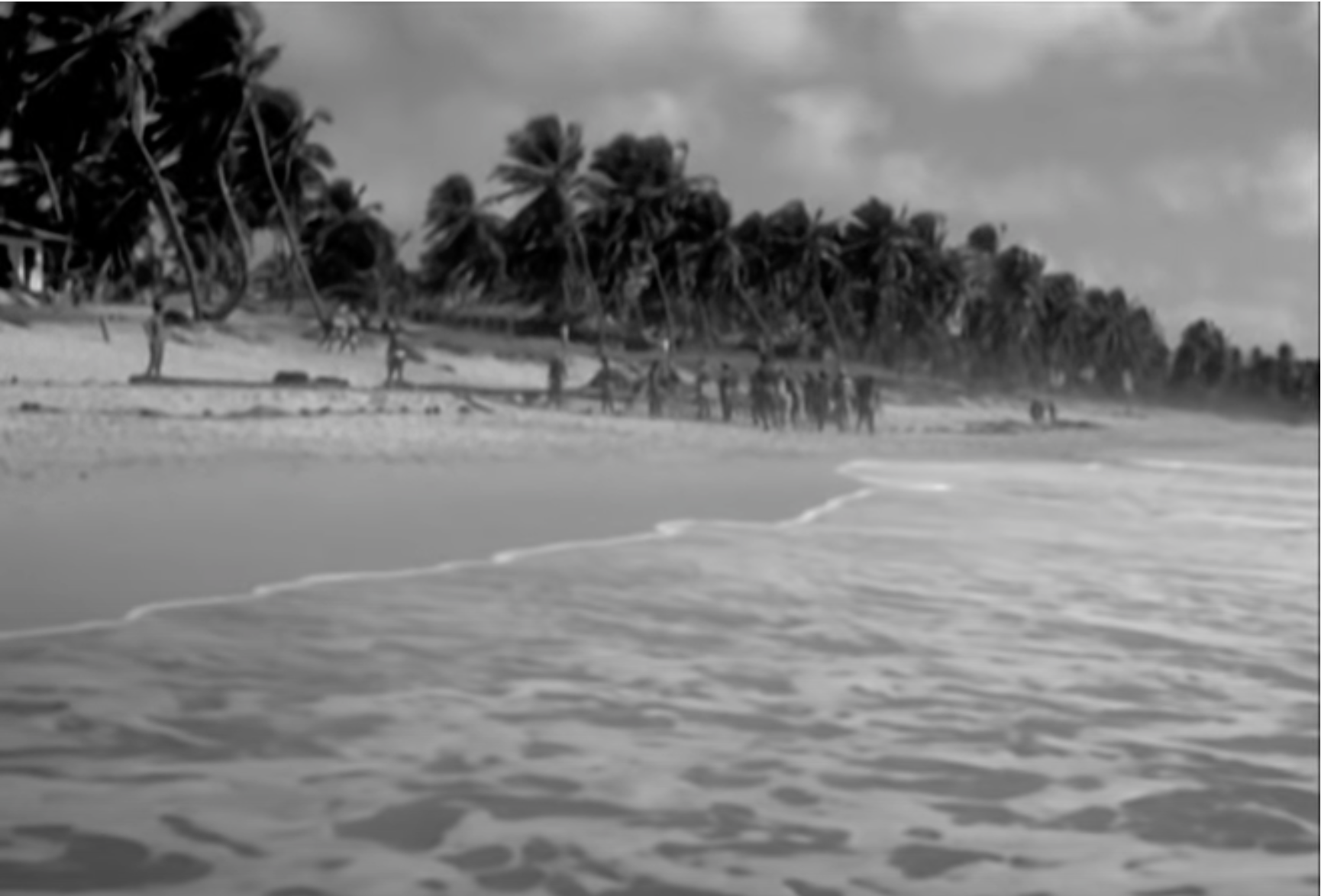
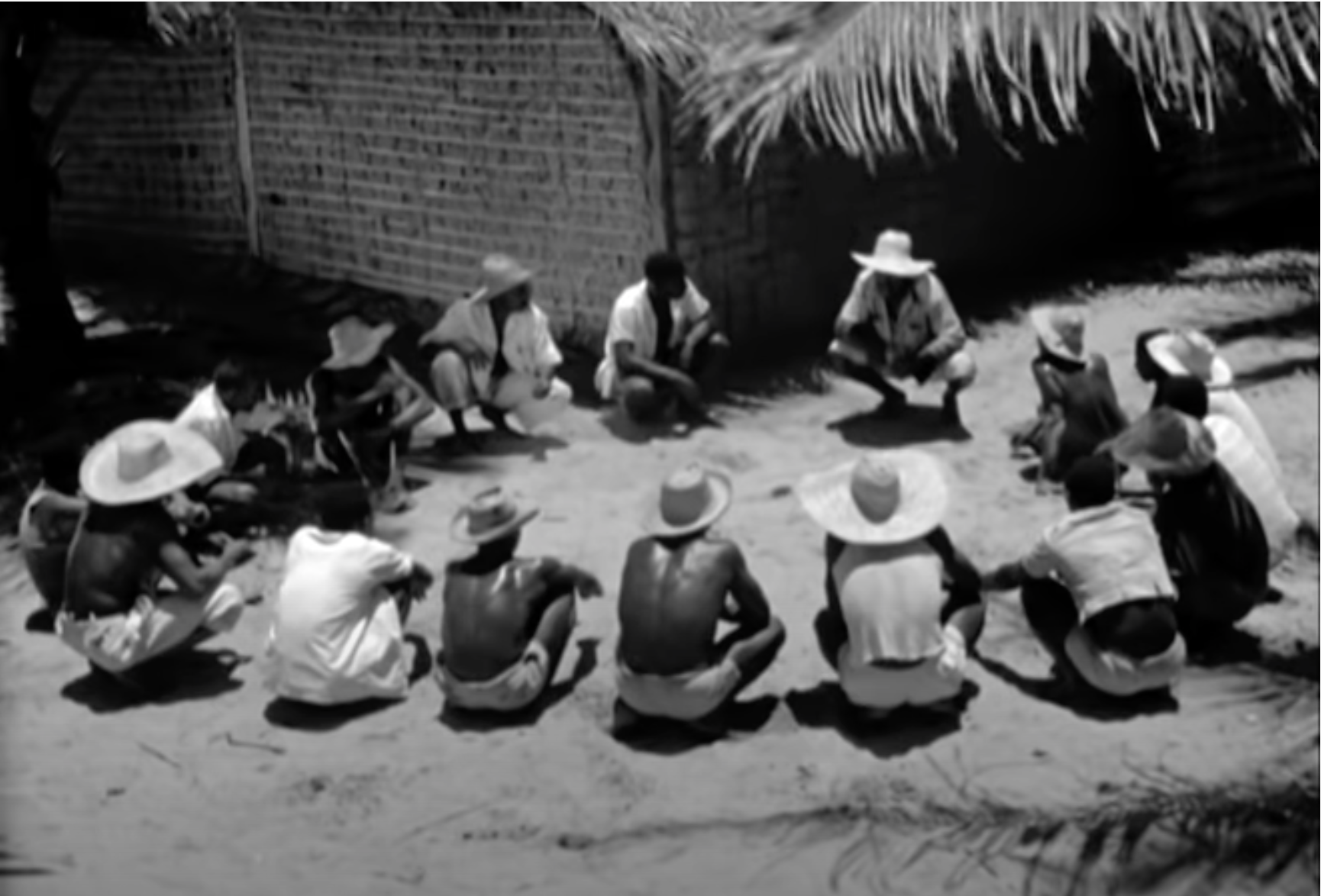

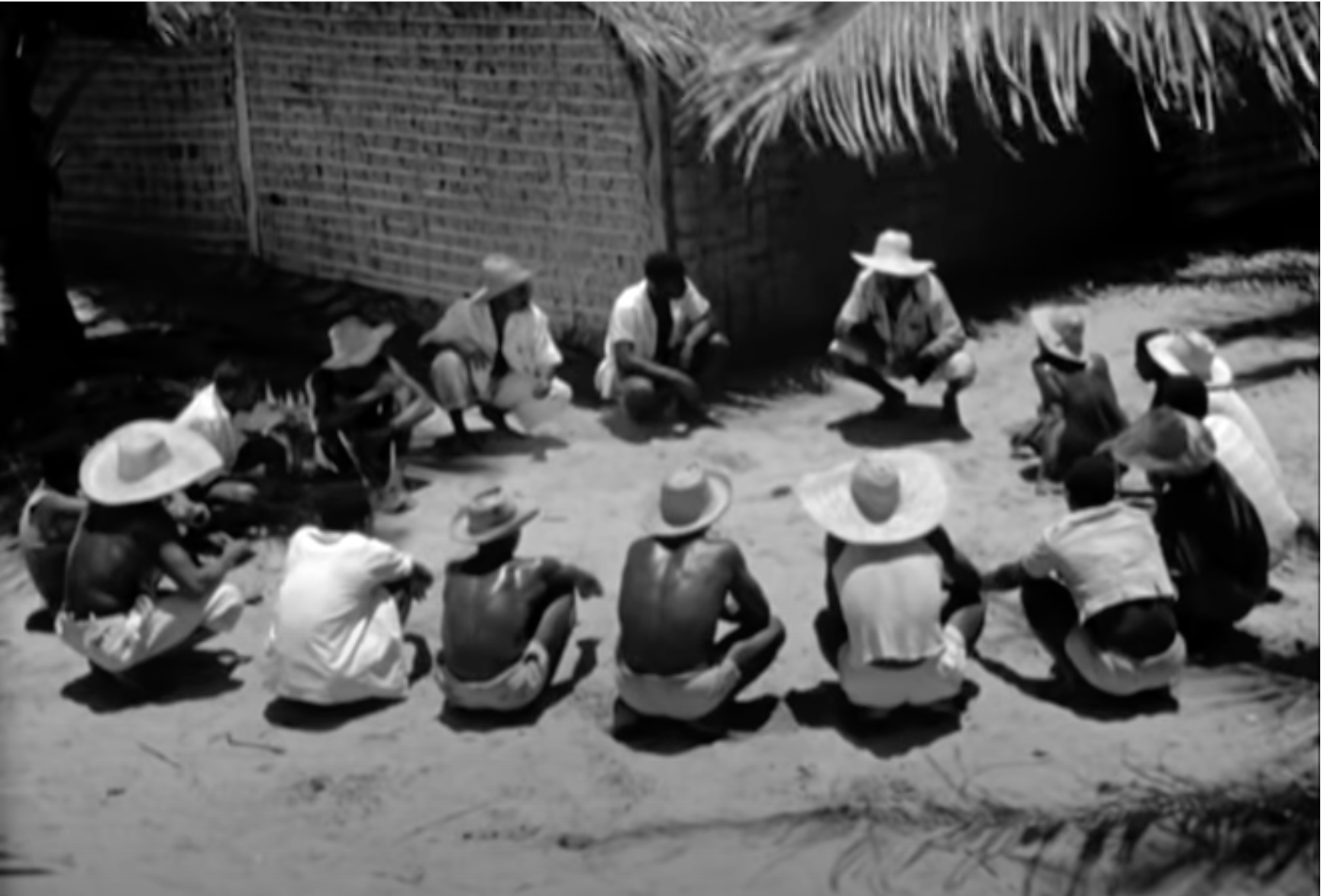
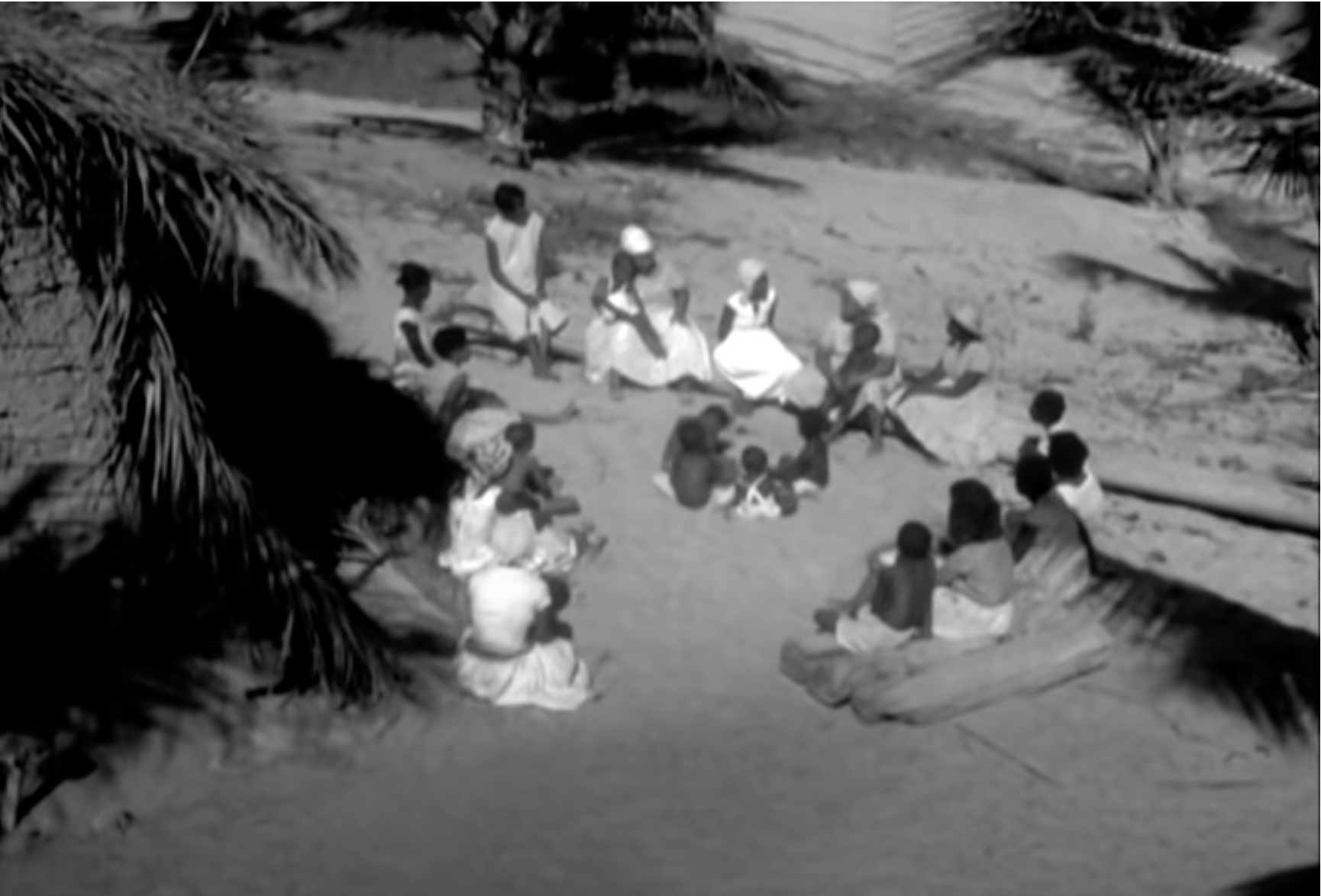
In terms of transitions, much of the film has to do with crosscutting or simple cutscenes. Throughout the film most of the scenes are separated by a direct cut. There is no fading, wiping, or dissolving. Simply jumping from one scene to another. However, there are also times of crosscutting or parallel editing. For example, when Naína goes into the tent with the older woman, there is a simultaneous event with Aruã going to see Cota at the beach. Though it is cut abruptly, the parallel scenes help build to the climax of the movie where everything in the village begins to fall apart.
Sound is an integral part in a film. It refers to everything that the audience hears including sound effects, words and music. Sound is used in films for various purposes, including: providing the information to the viewer about the location of the scene, heightening the mood, telling the audience about the characters and advancing the plot. Every person who watches a film realizes that the choice of voices, soundtrack and music present in a film affect the way that the viewer perceives a particular film. As a result, the sound is an important and integral element of the film, one that determines the way that the viewer experiences and understands a film as a visual experience.
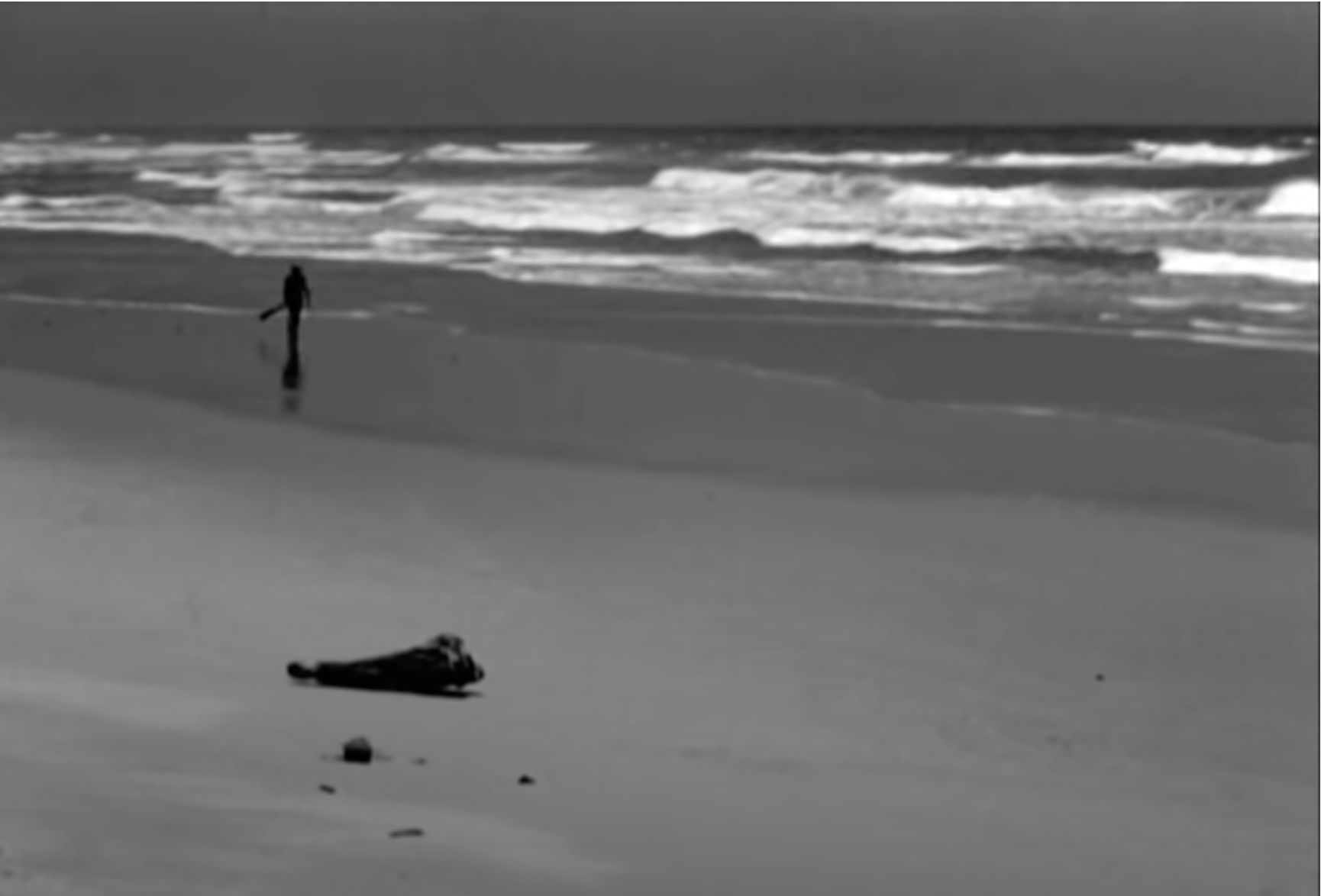
Narrative analysis is an examination of the story elements, including narrative structure, character, and plot. A narrative can be considered to be the chain of events in a cause-effect relationship occurring in time and space. In order to analyze the narrative of a film, we need to first make the distinction between the plot of the film and the story of the film. This is sometimes referred to as the discourse and story of a film. Narrative may also be called the story thought story mainly refers to the events that describe the narrative.
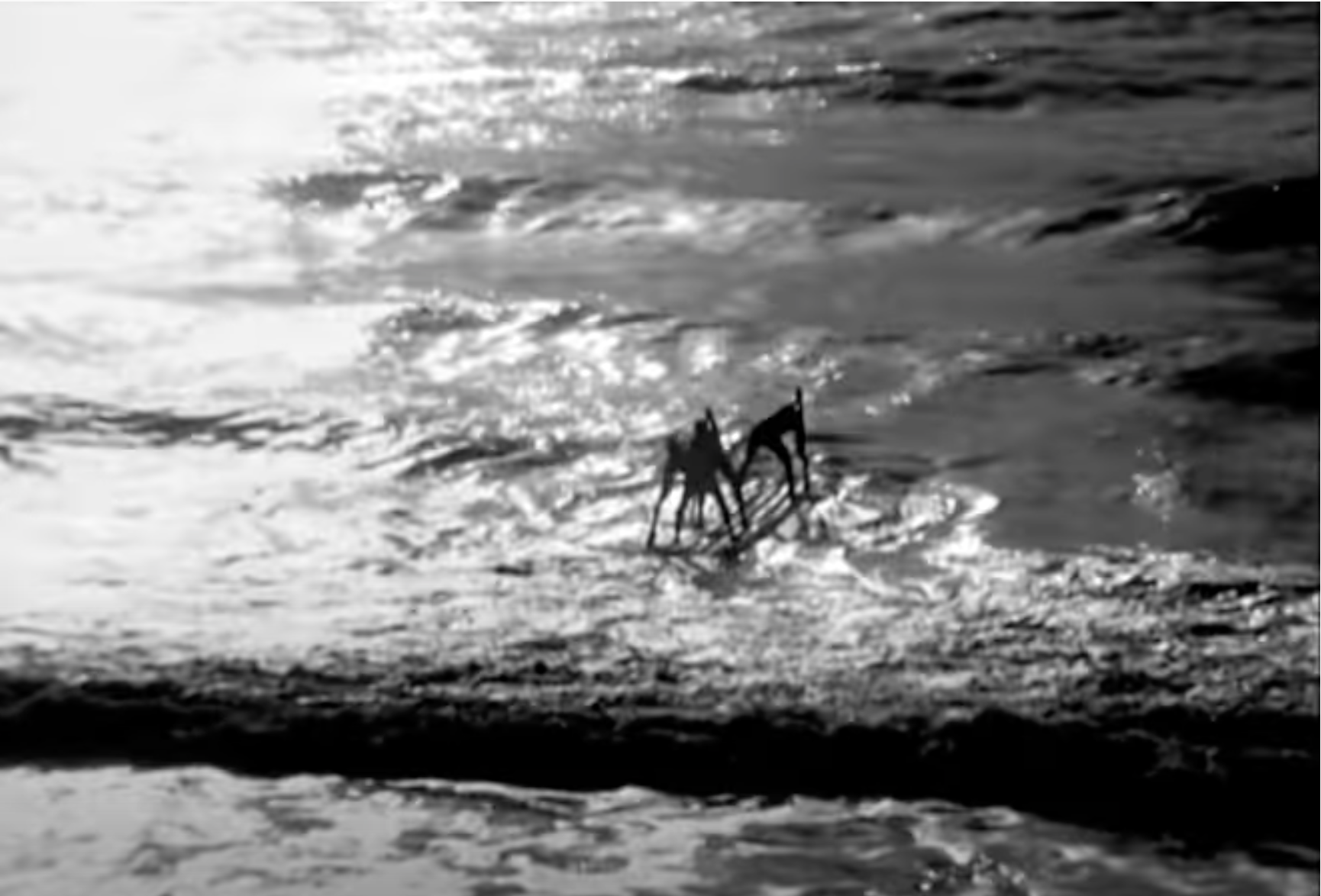
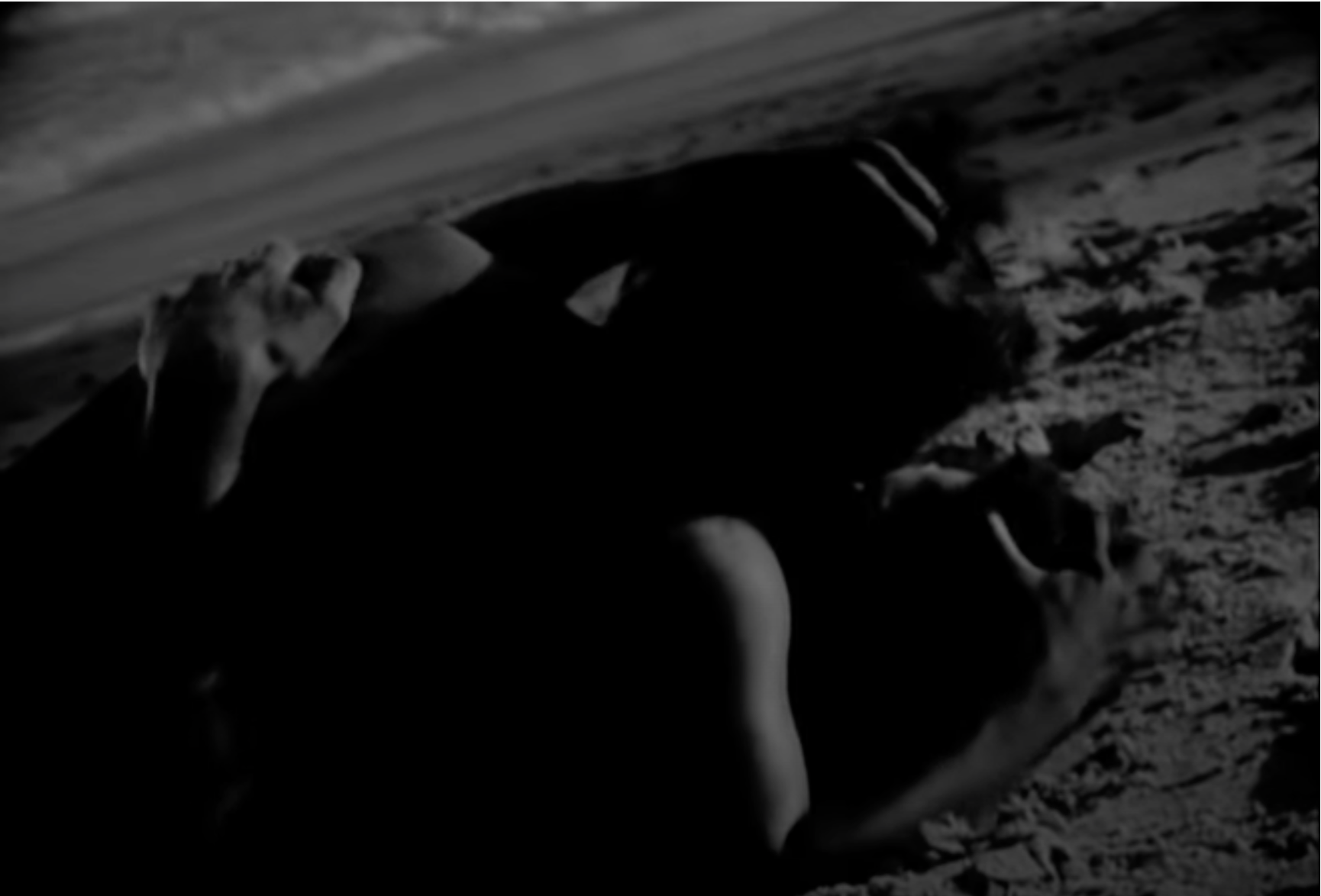
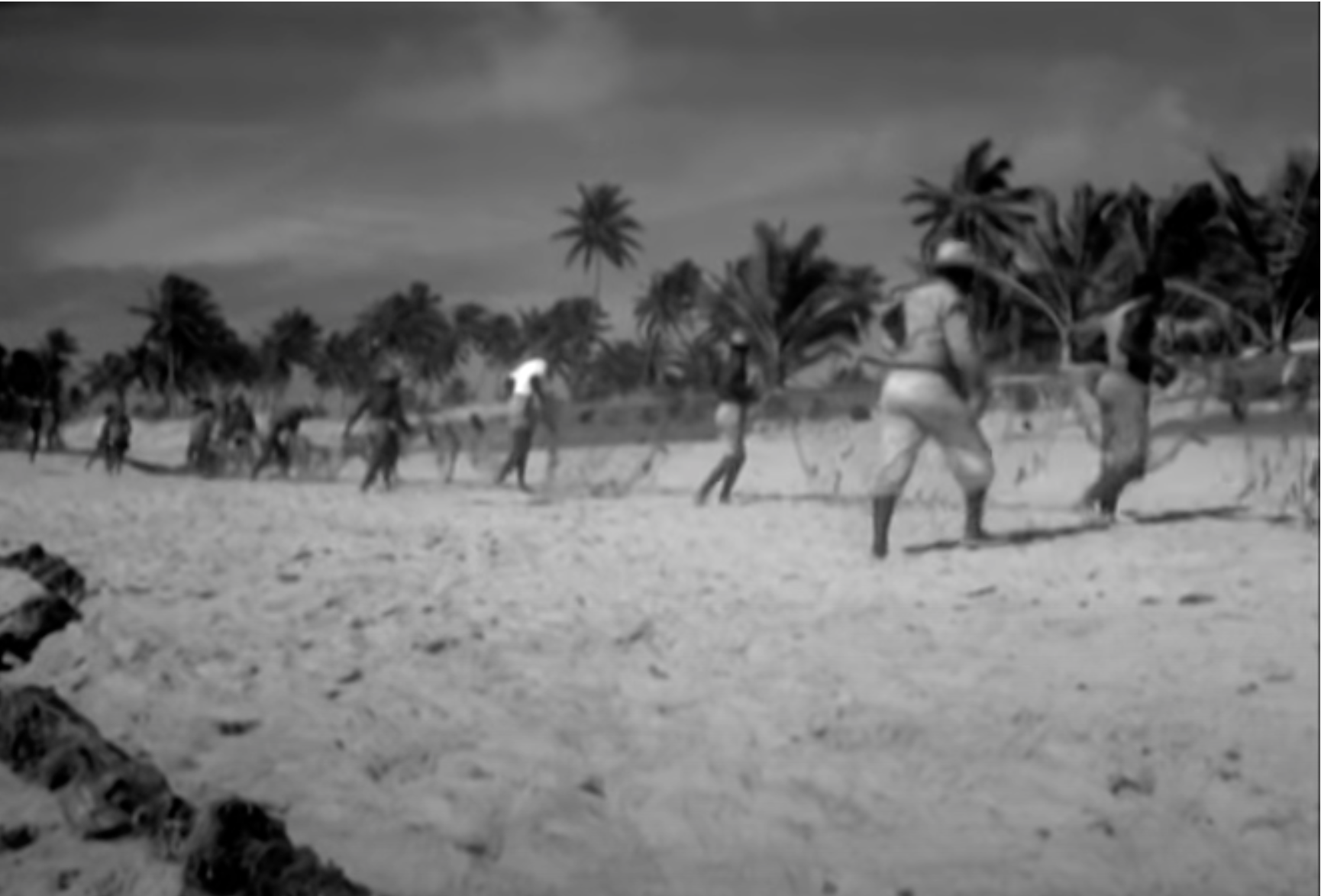
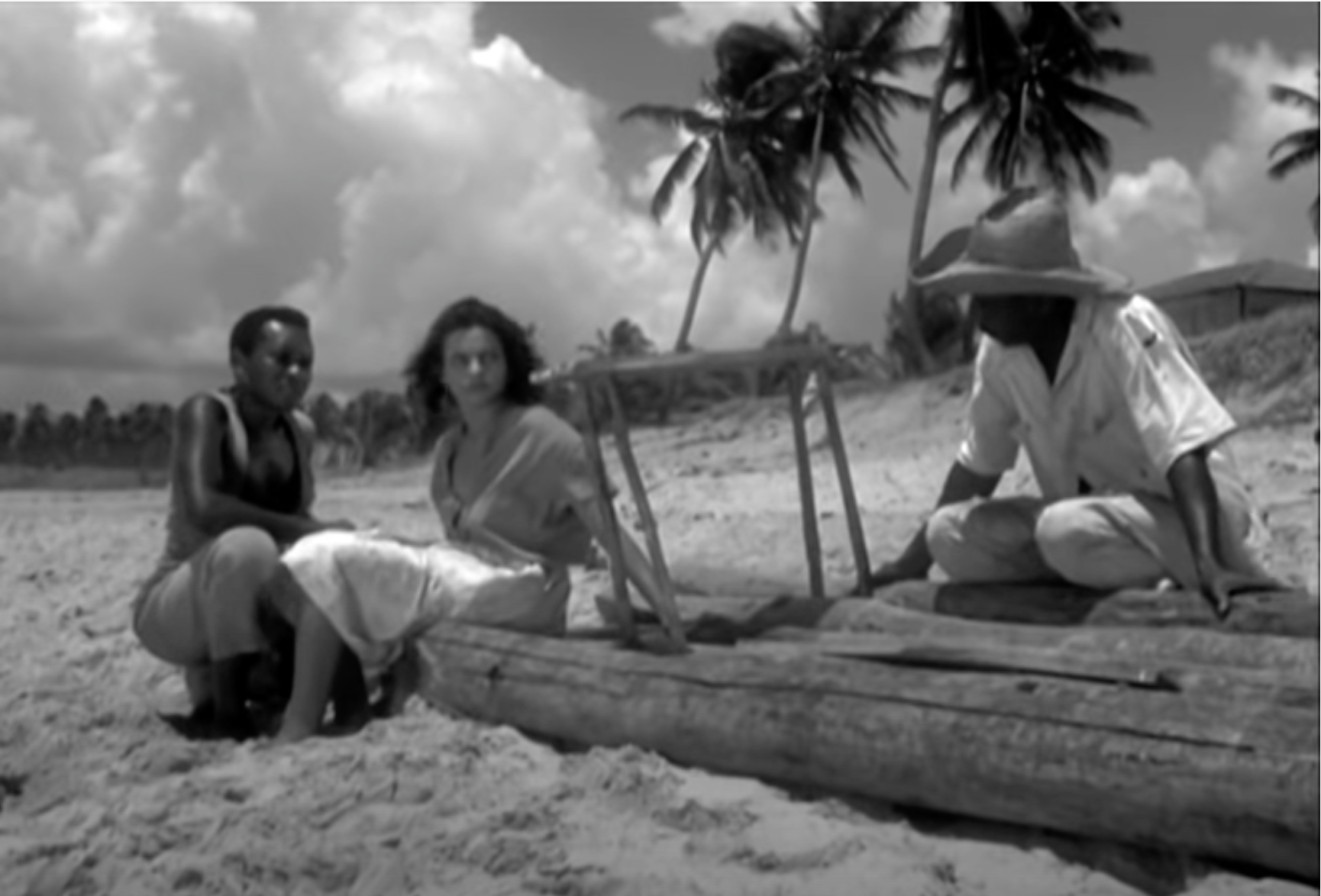
Film genres are various forms or identifiable types, categories, classifications or groups of films. (Genre comes from the French word meaning "kind," "category," or "type"). These provide a convenient way for scriptwriters and film-makers to produce, cast and structure their narratives within a manageable, well-defined framework. Genres also offer the studios an easily 'marketable' product, and give audiences satisfying, expected and predictable choices. Genres refers to recurring, repeating and similar, familiar or instantly-recognizable patterns, styles, themes, syntax, templates, paradigms, motifs, rules or generic conventions.
